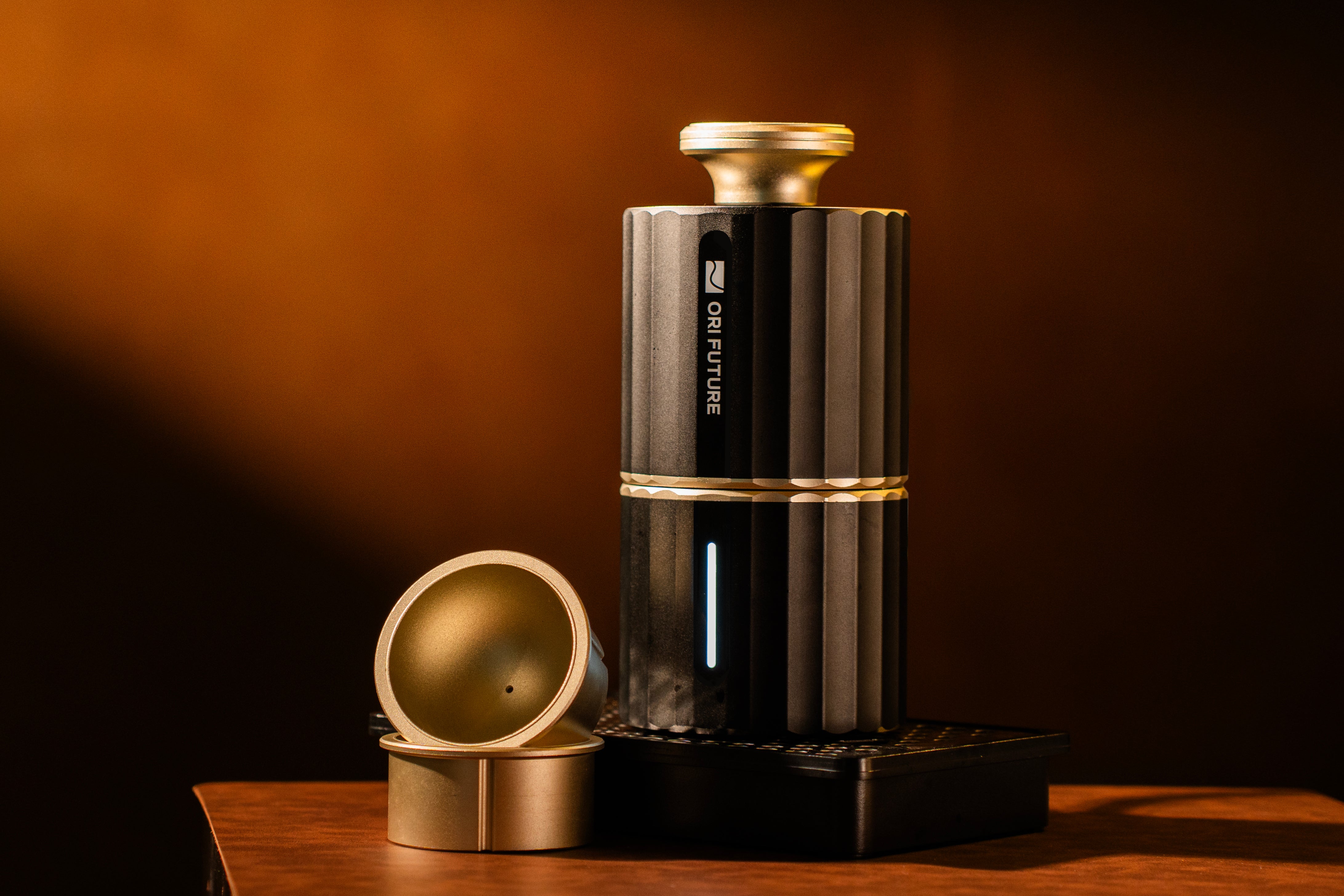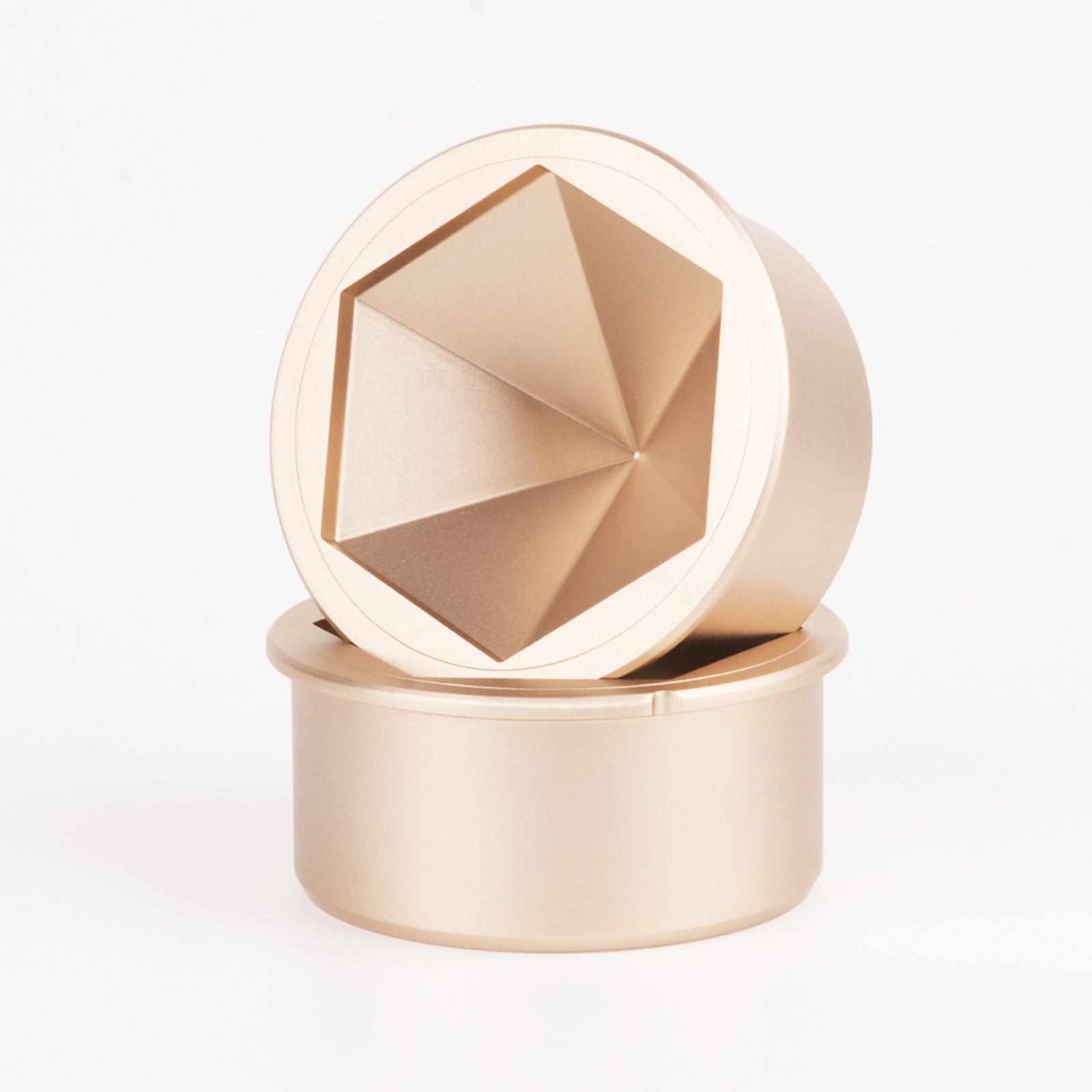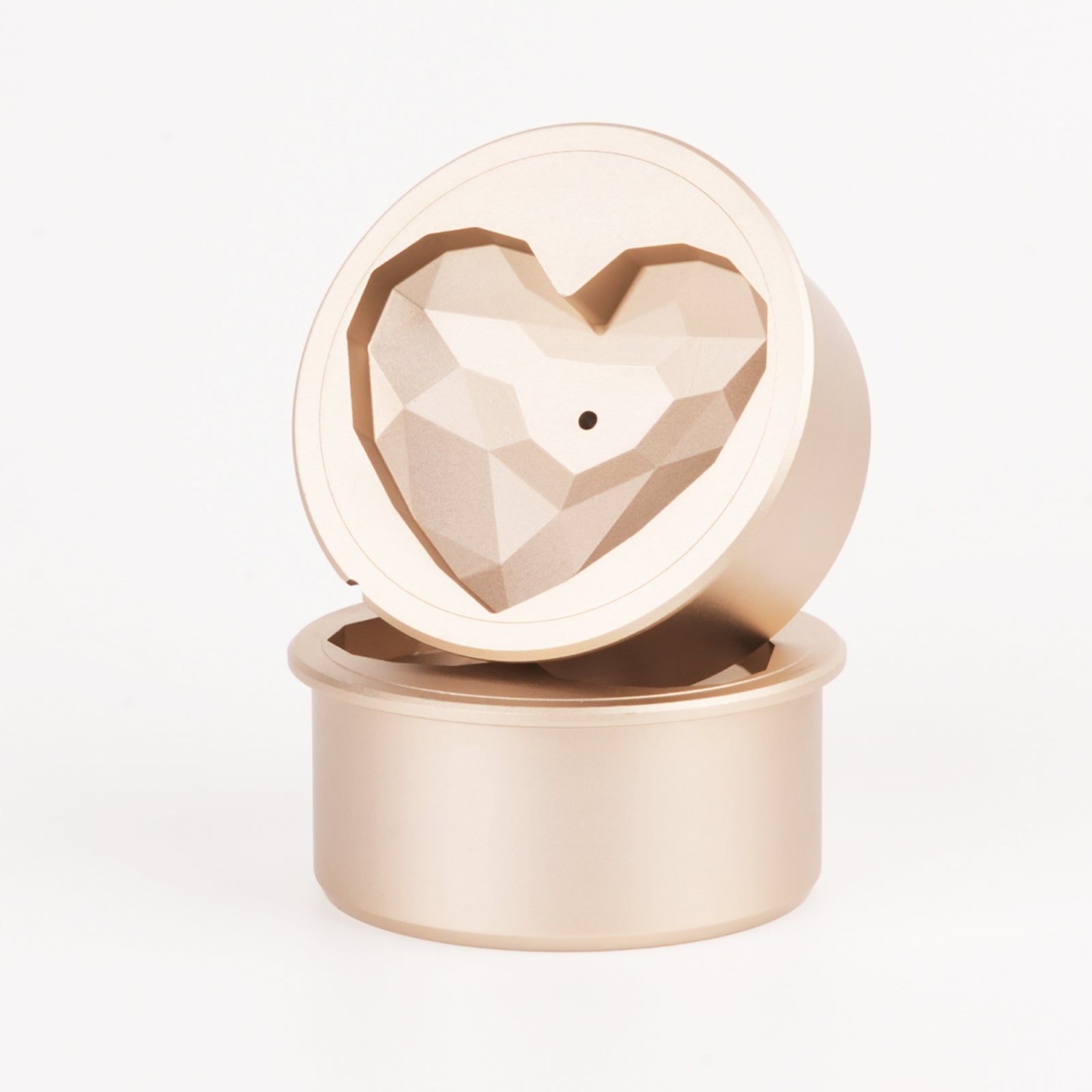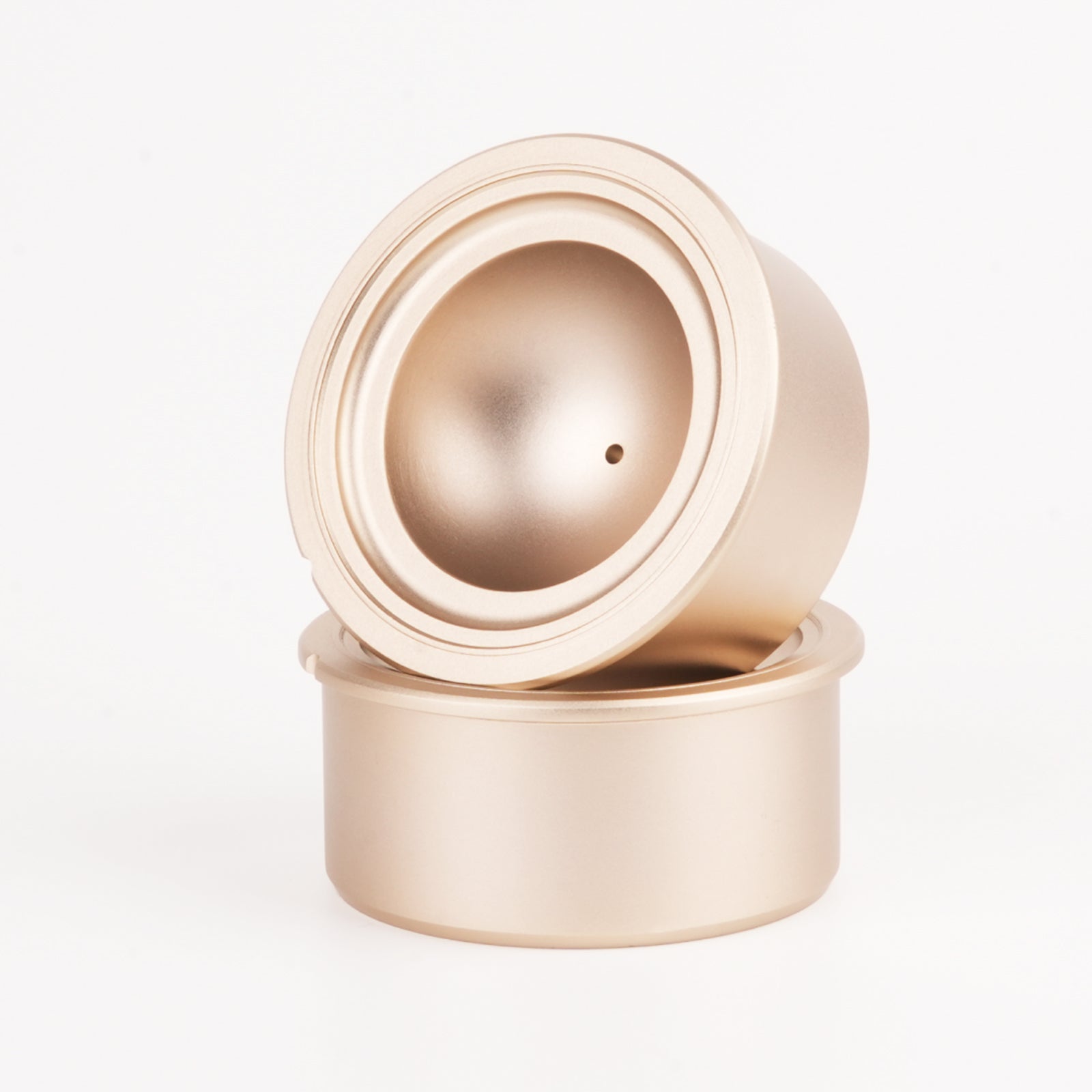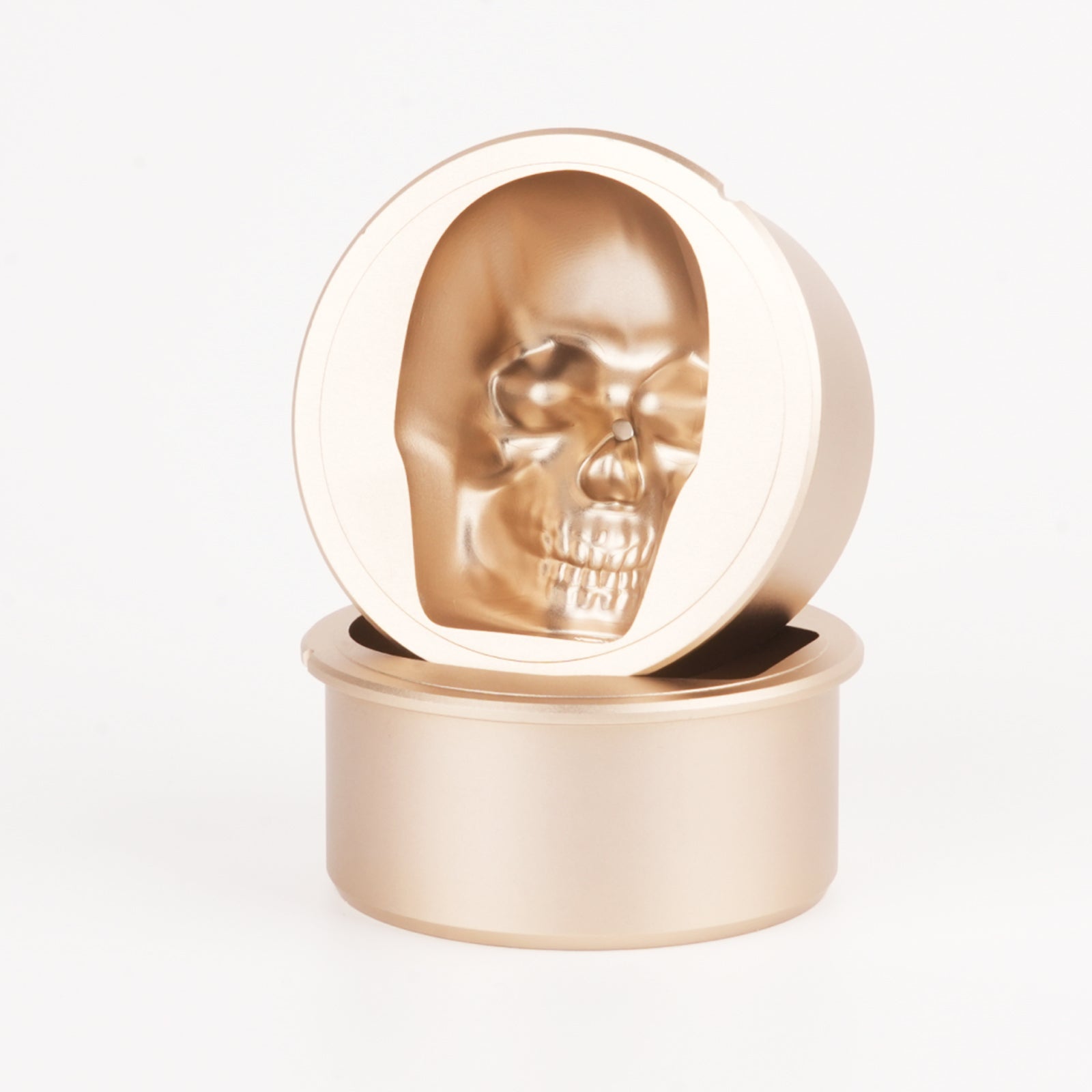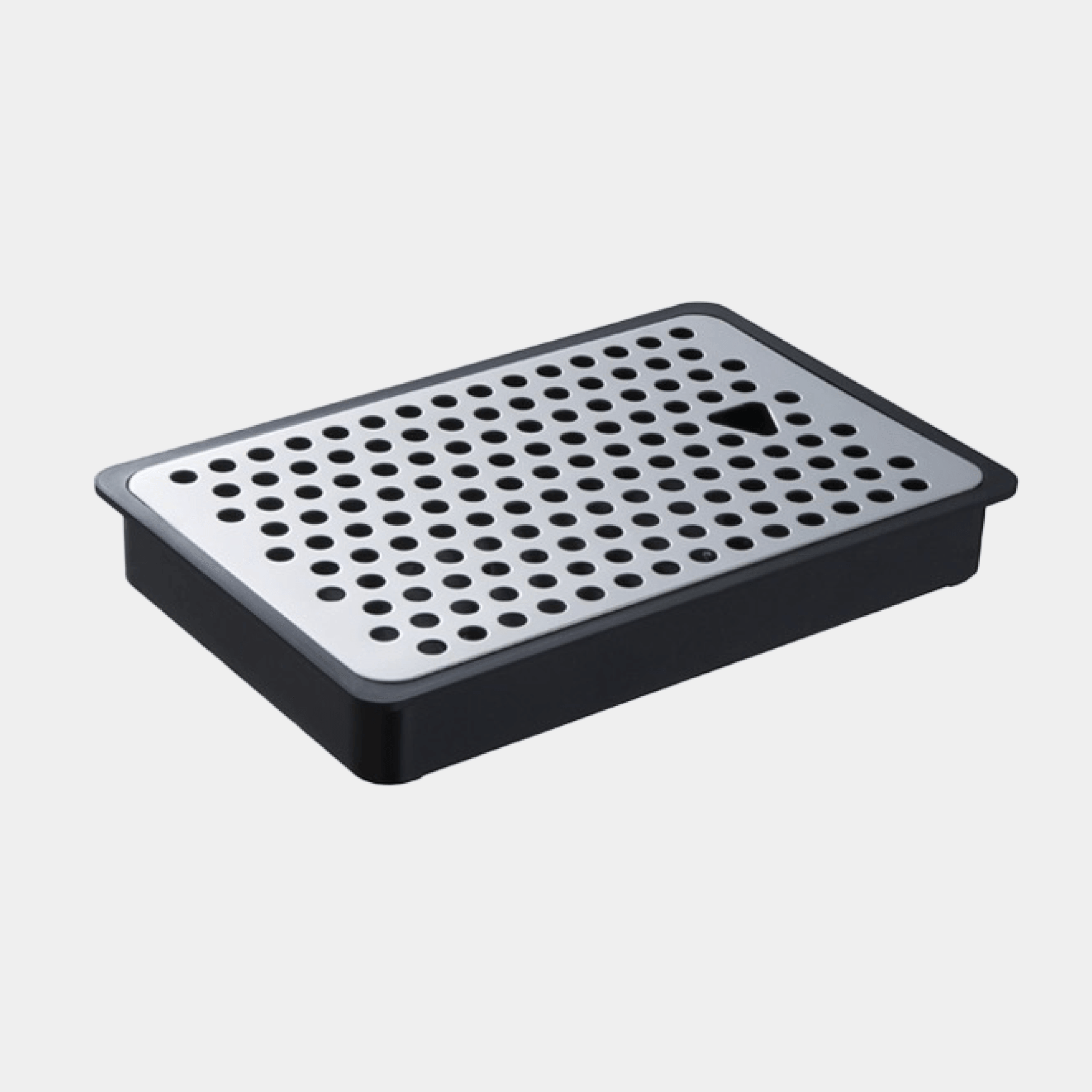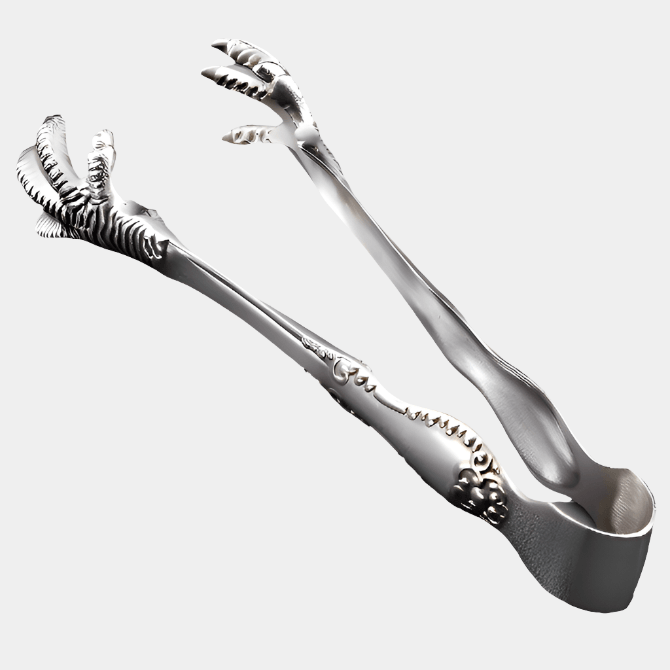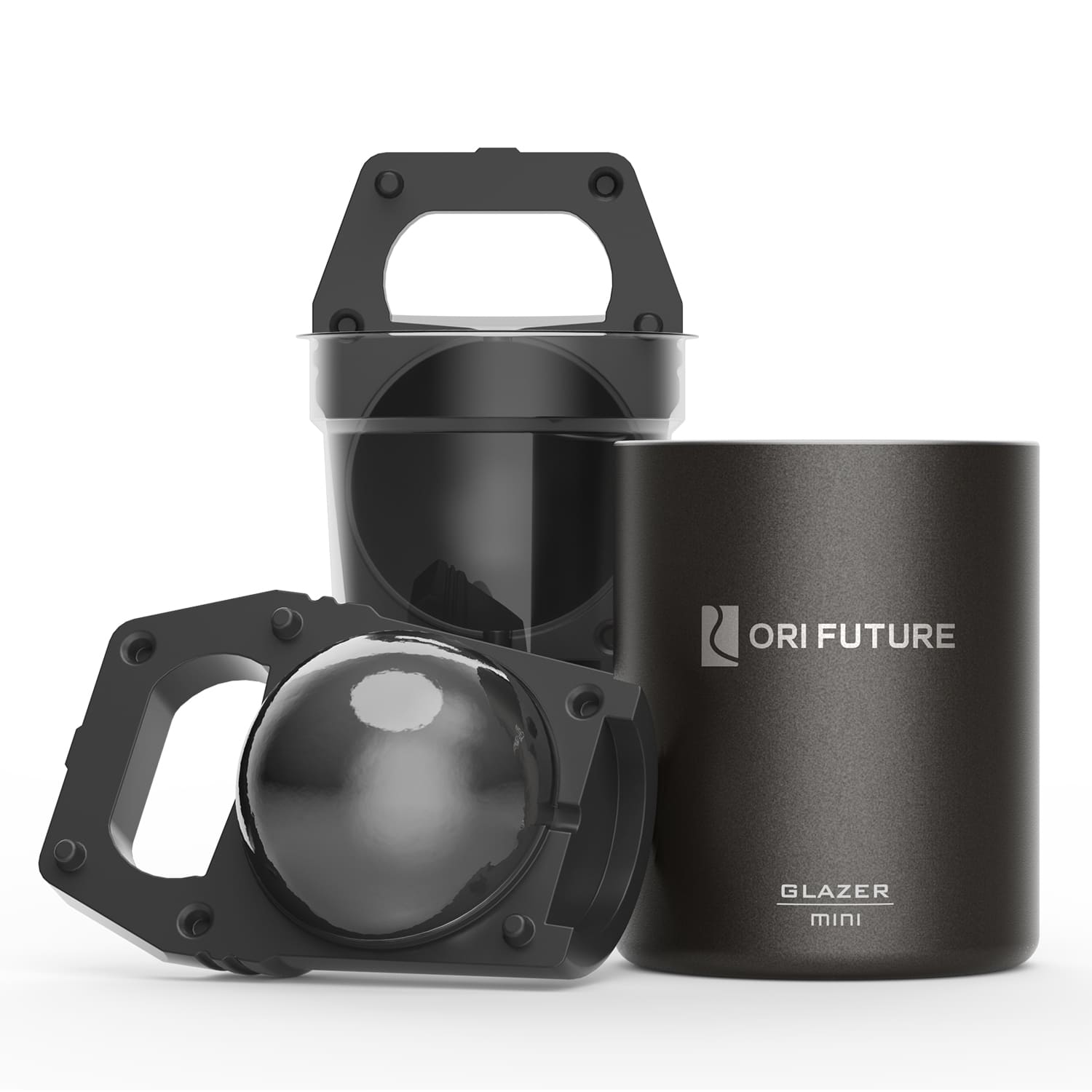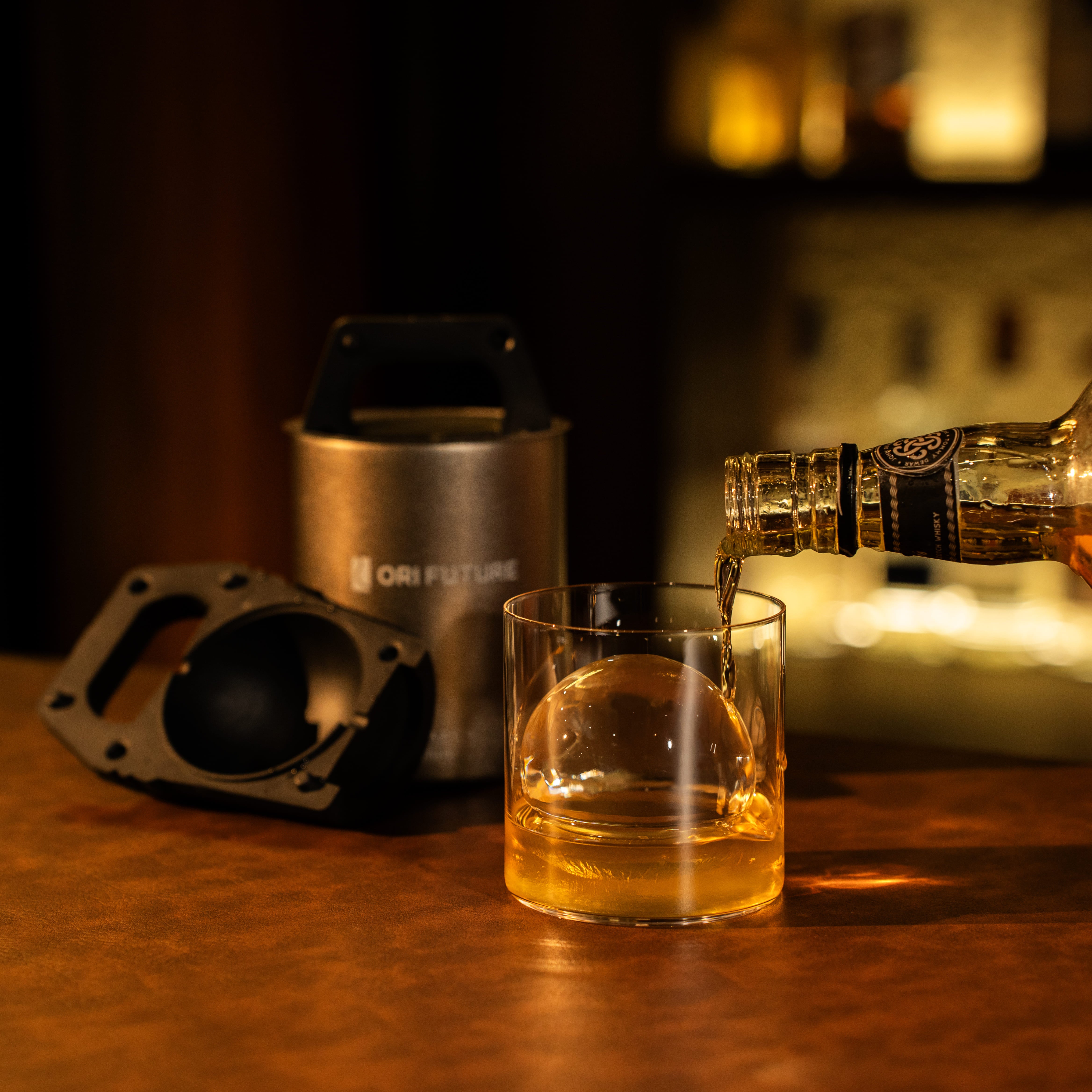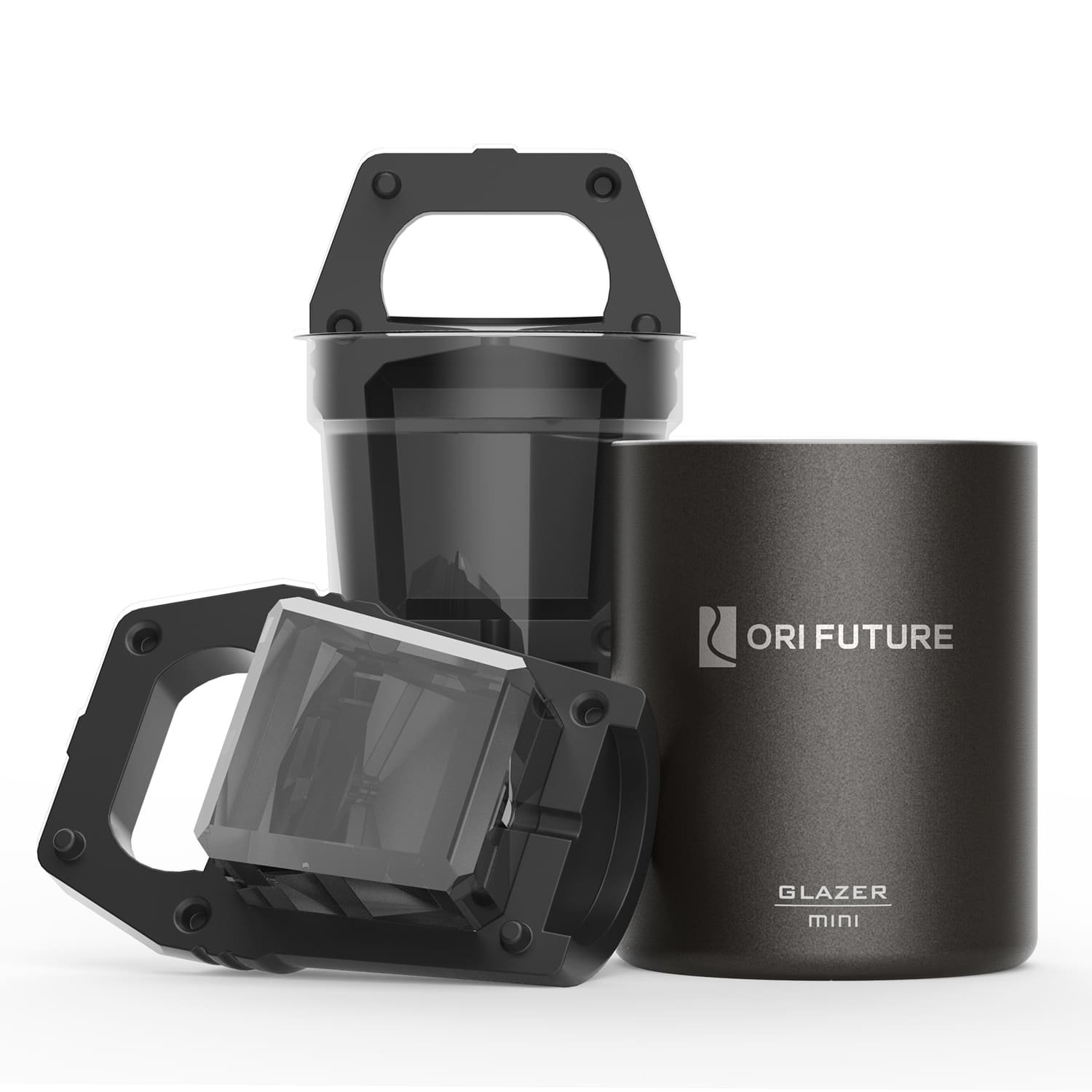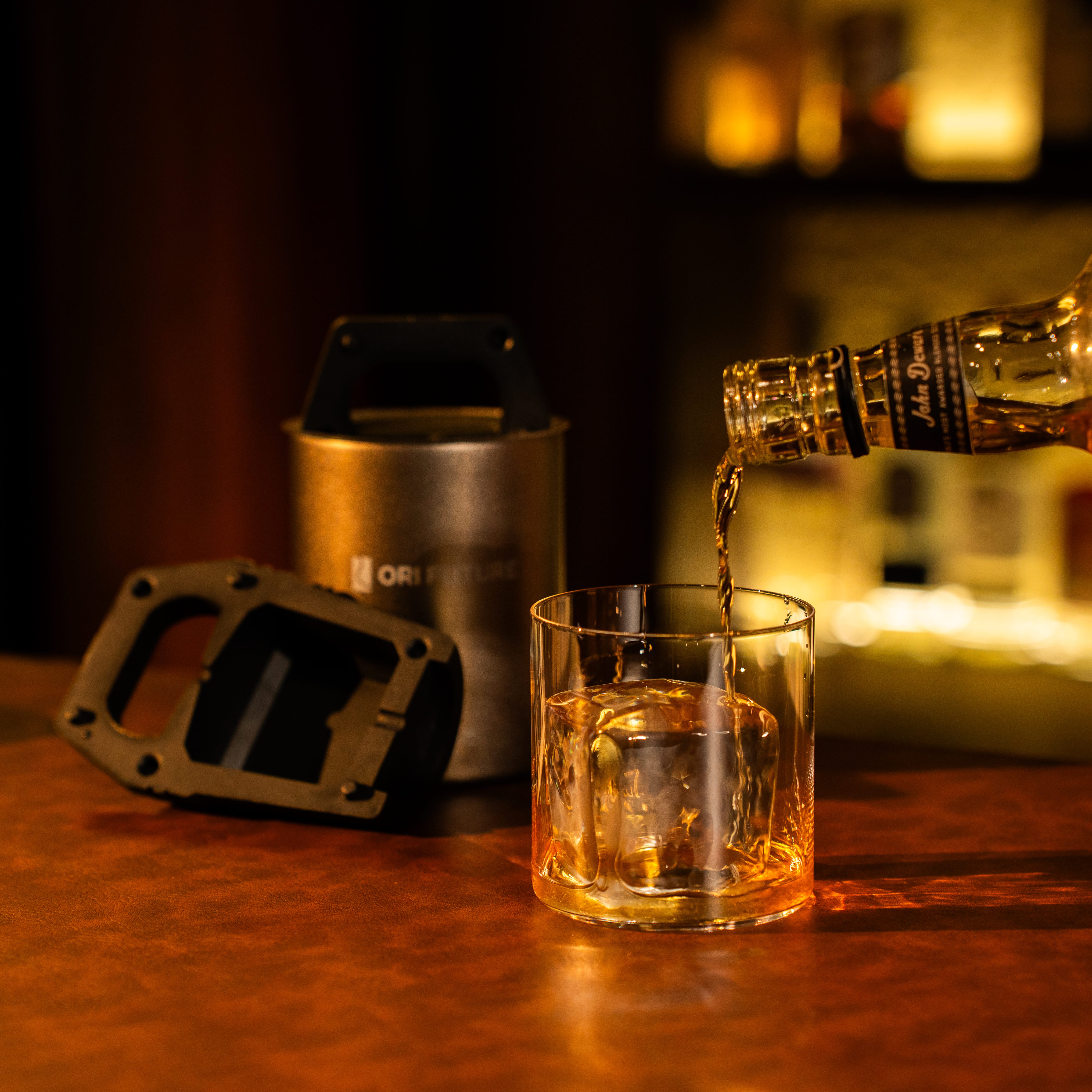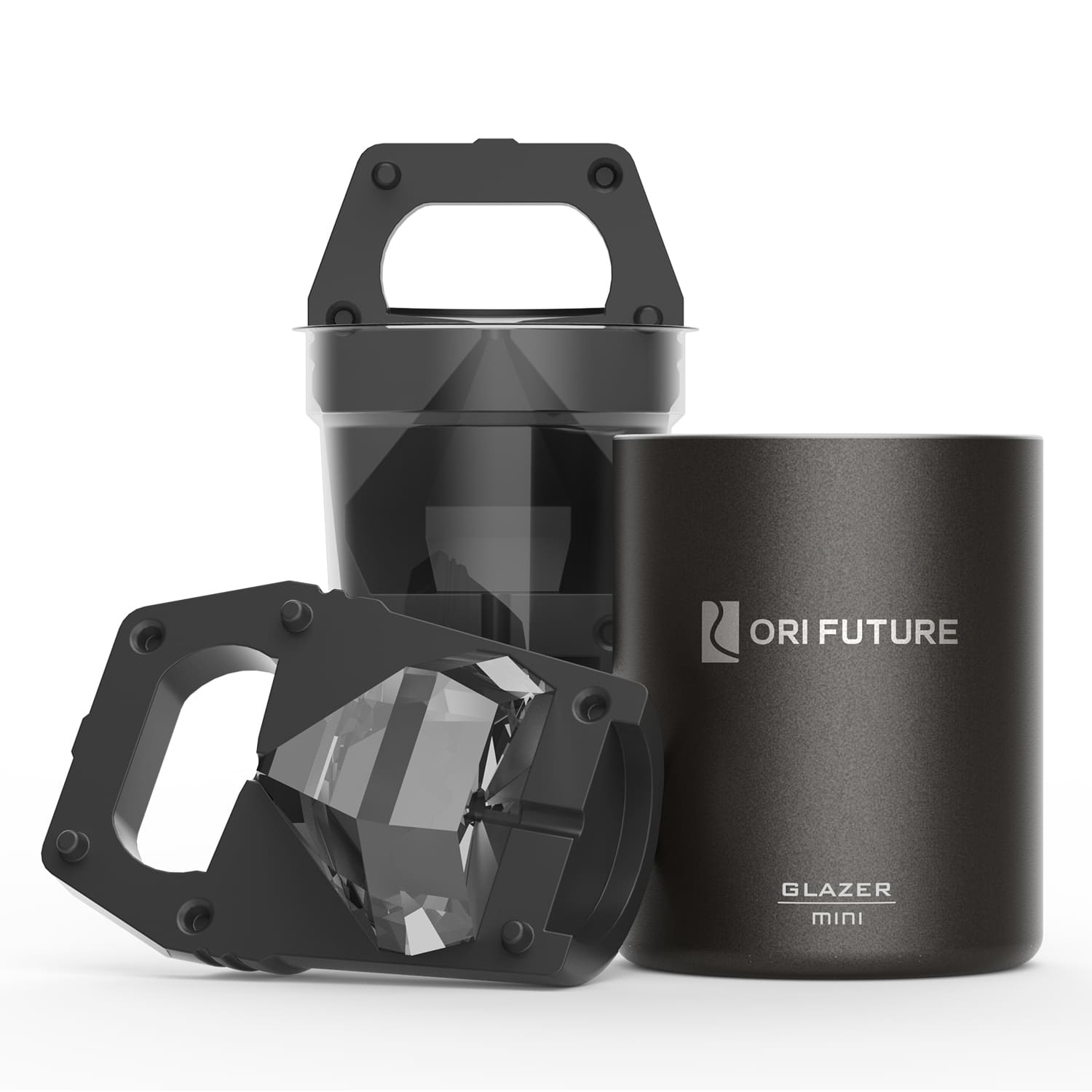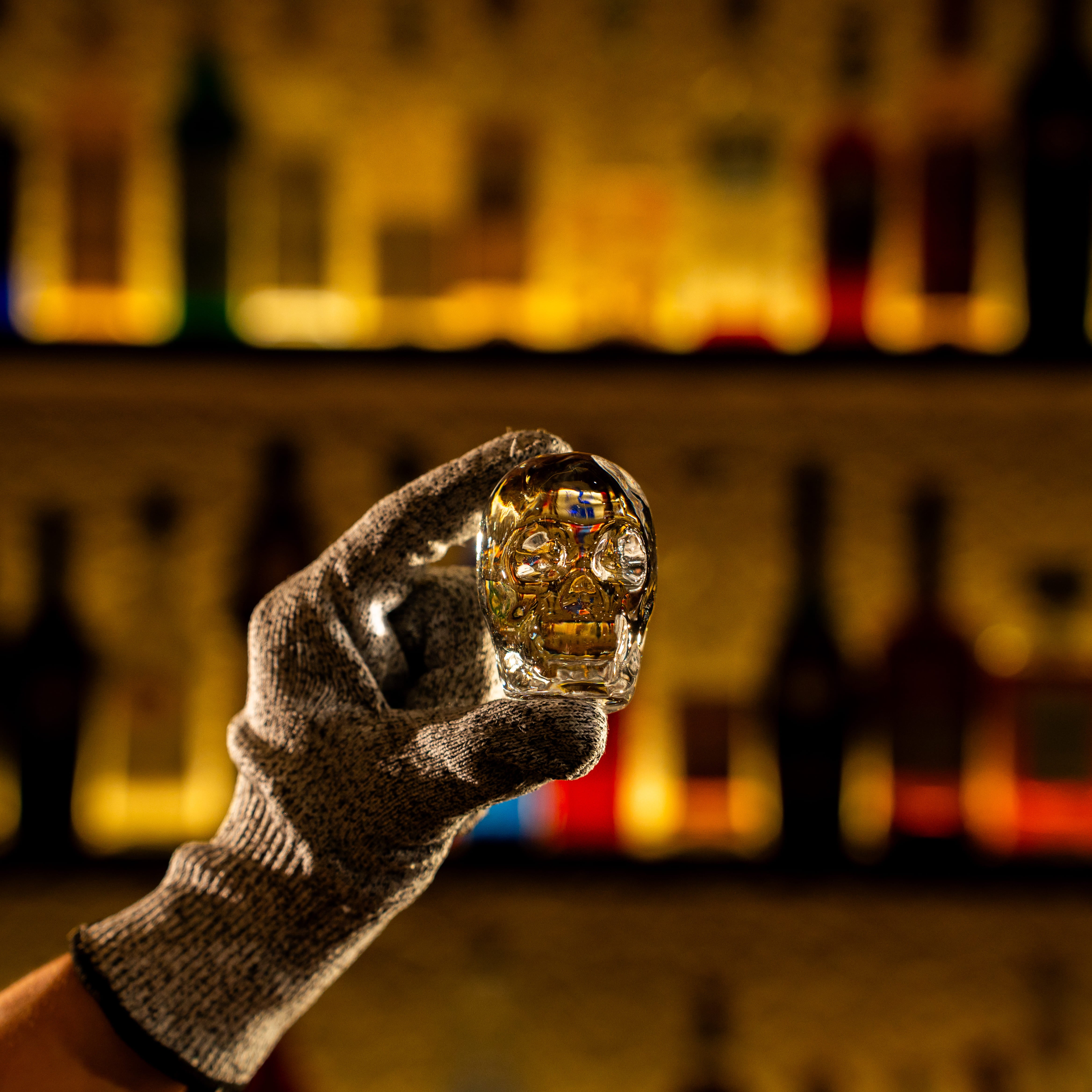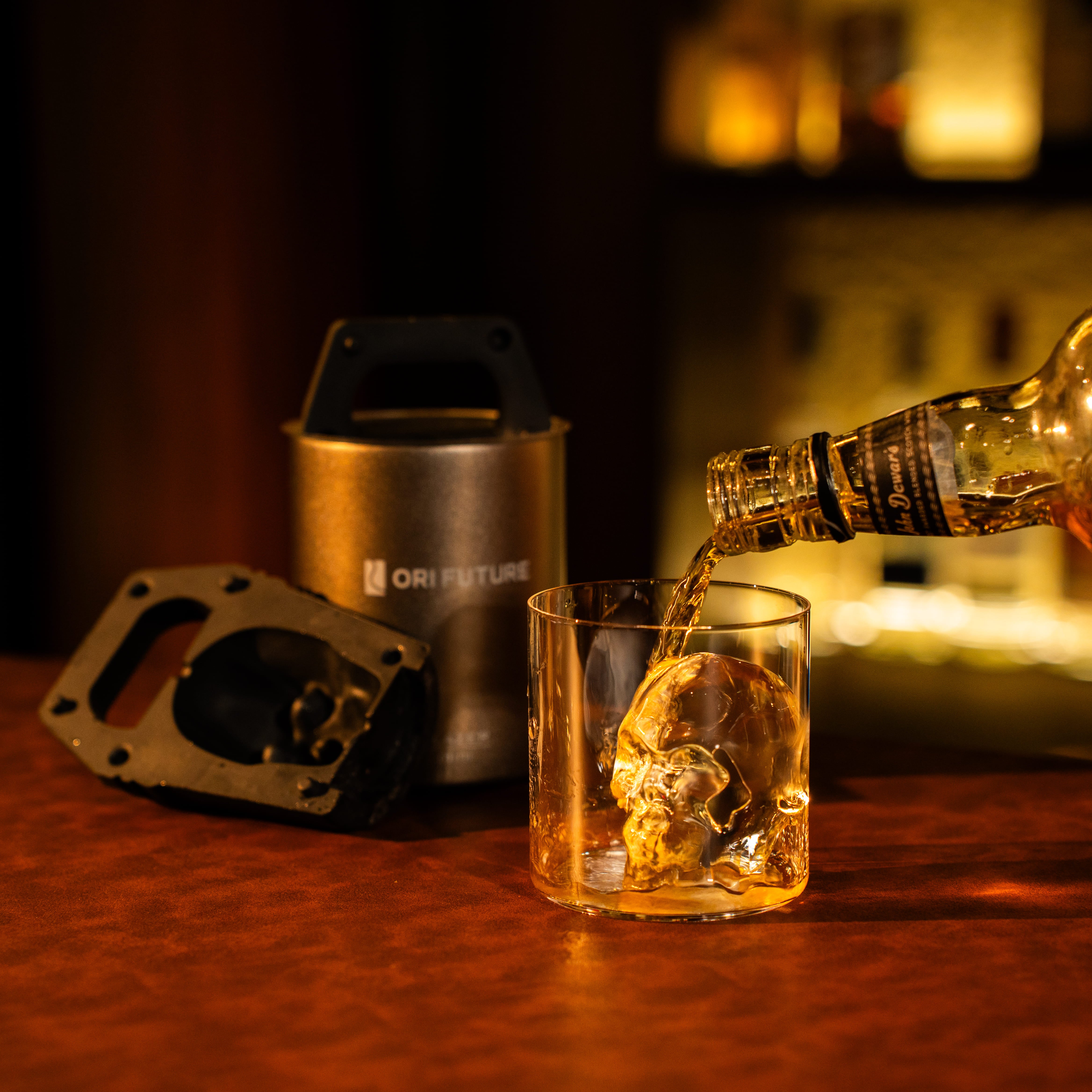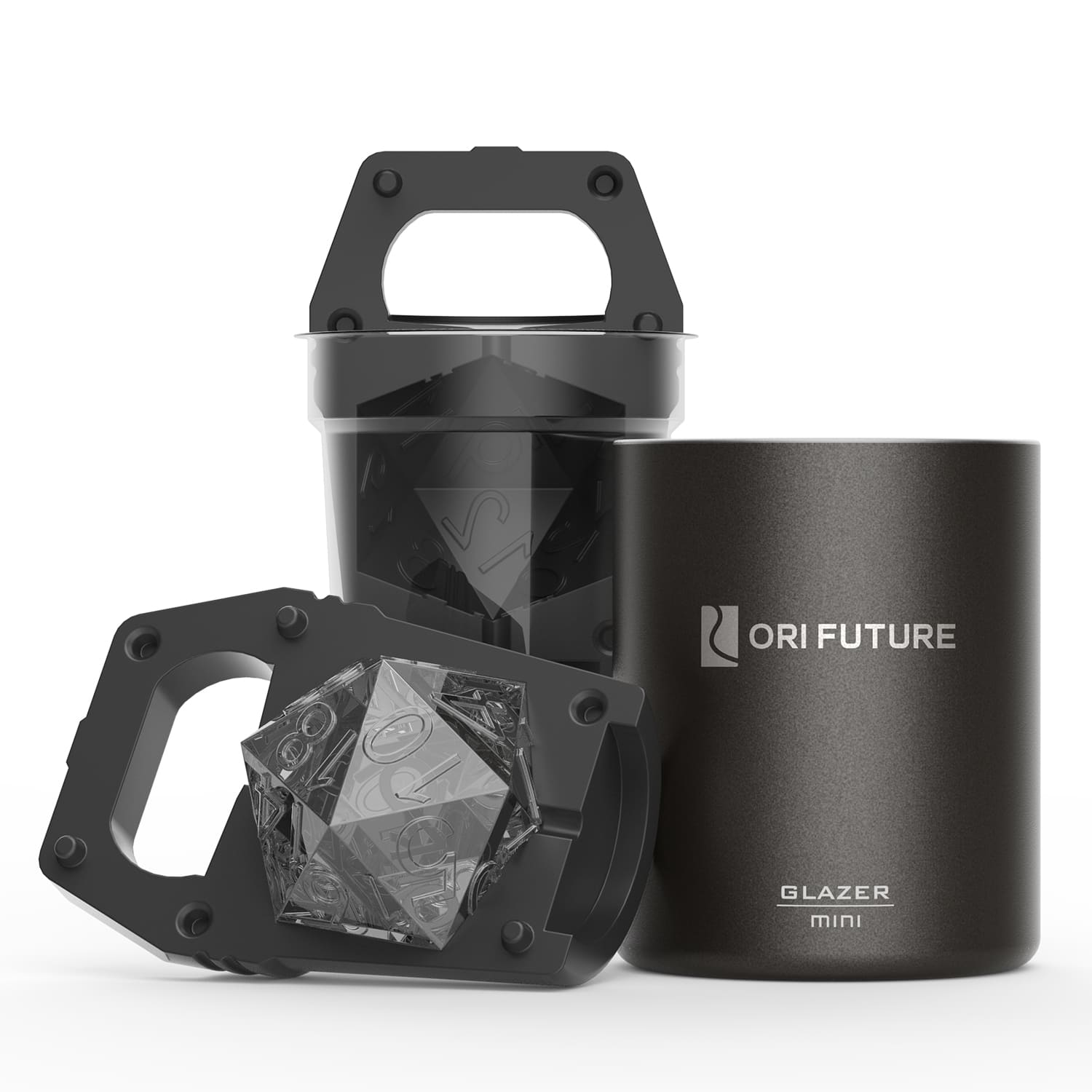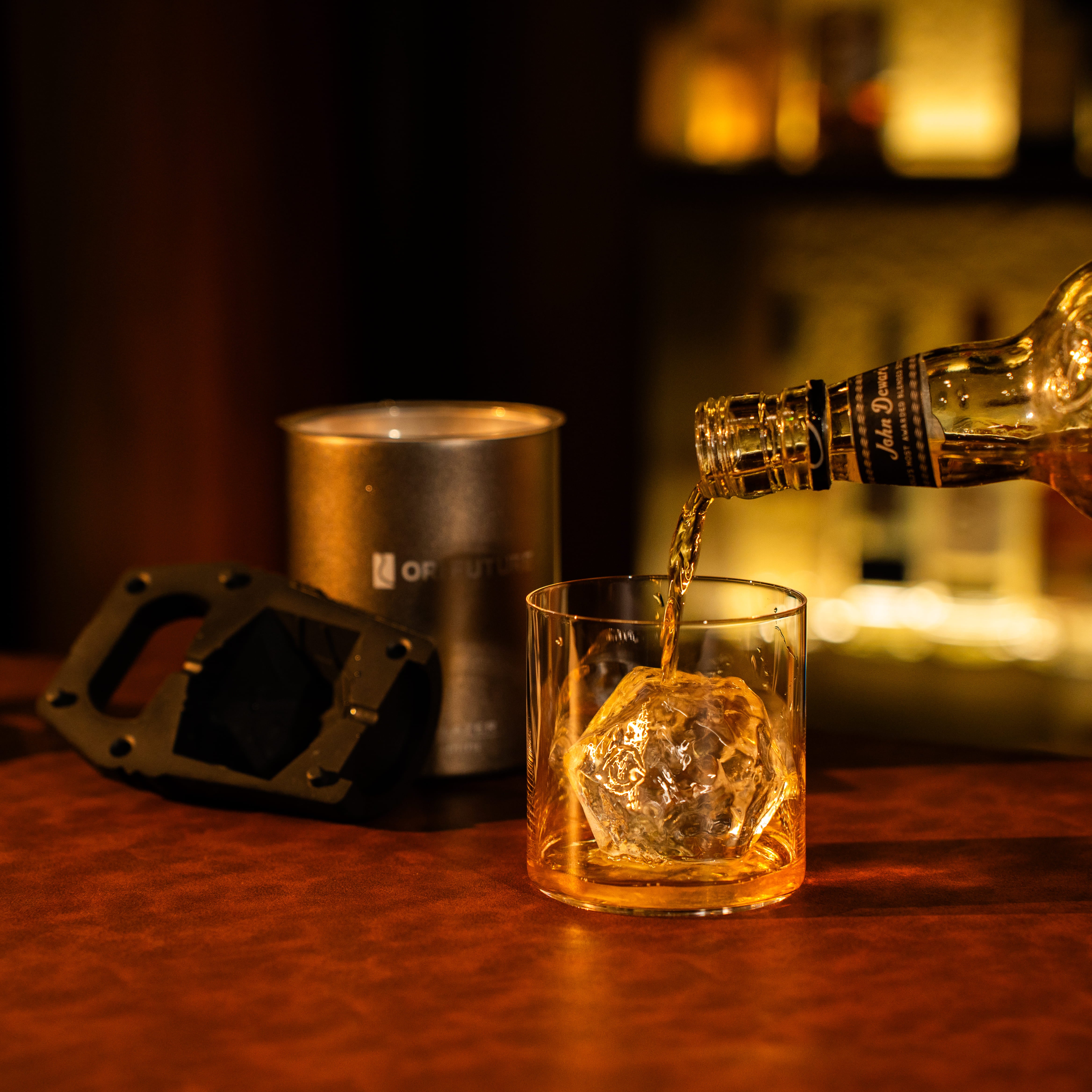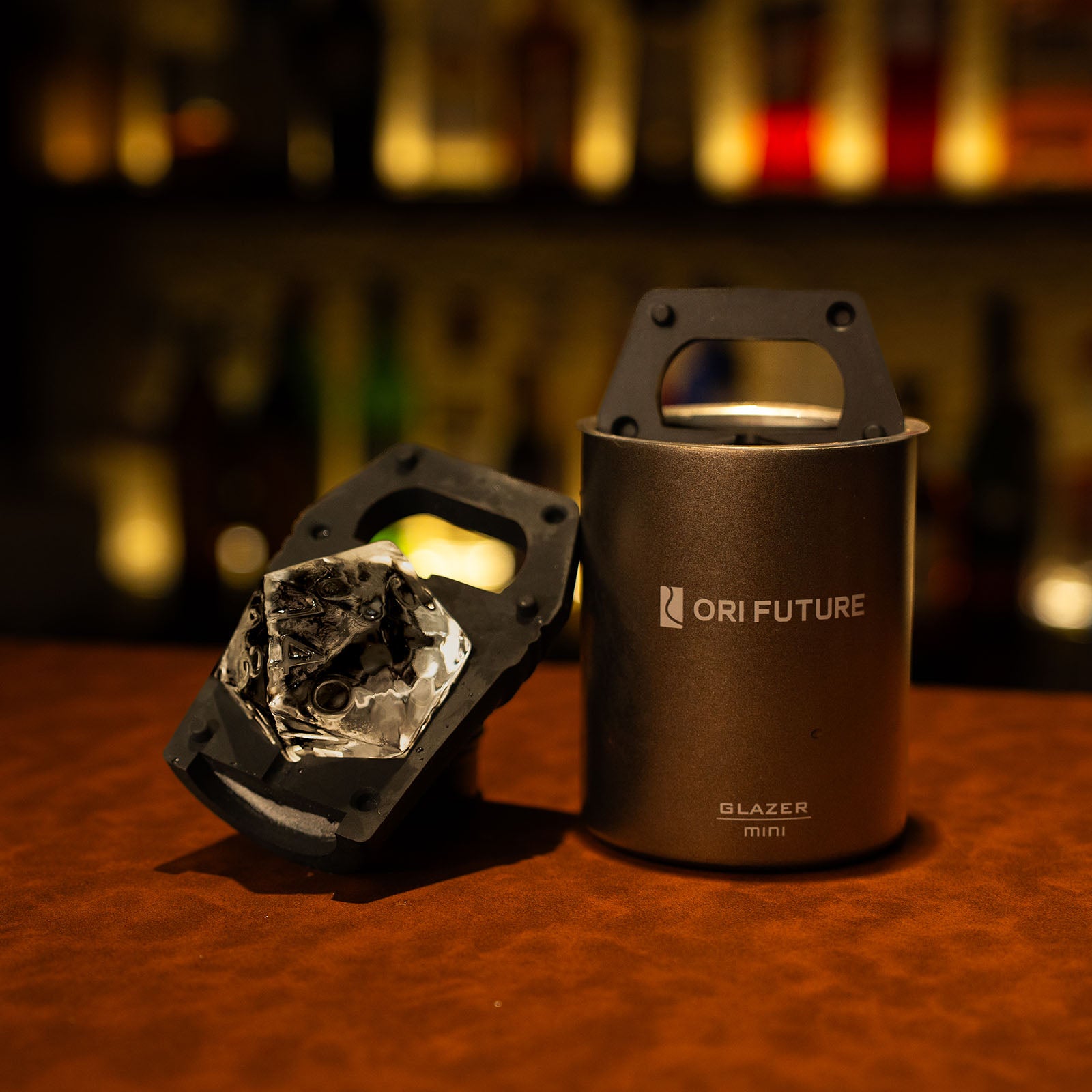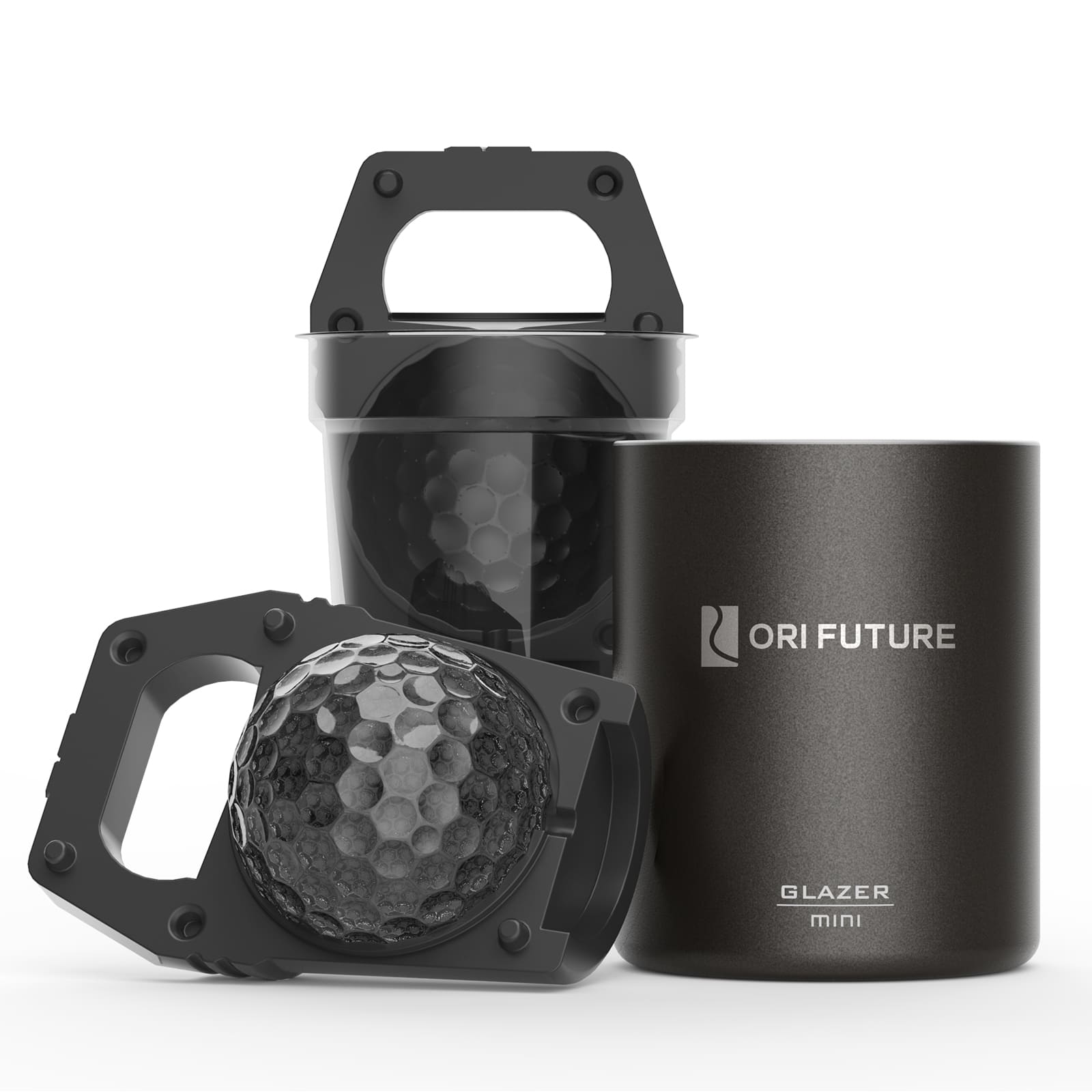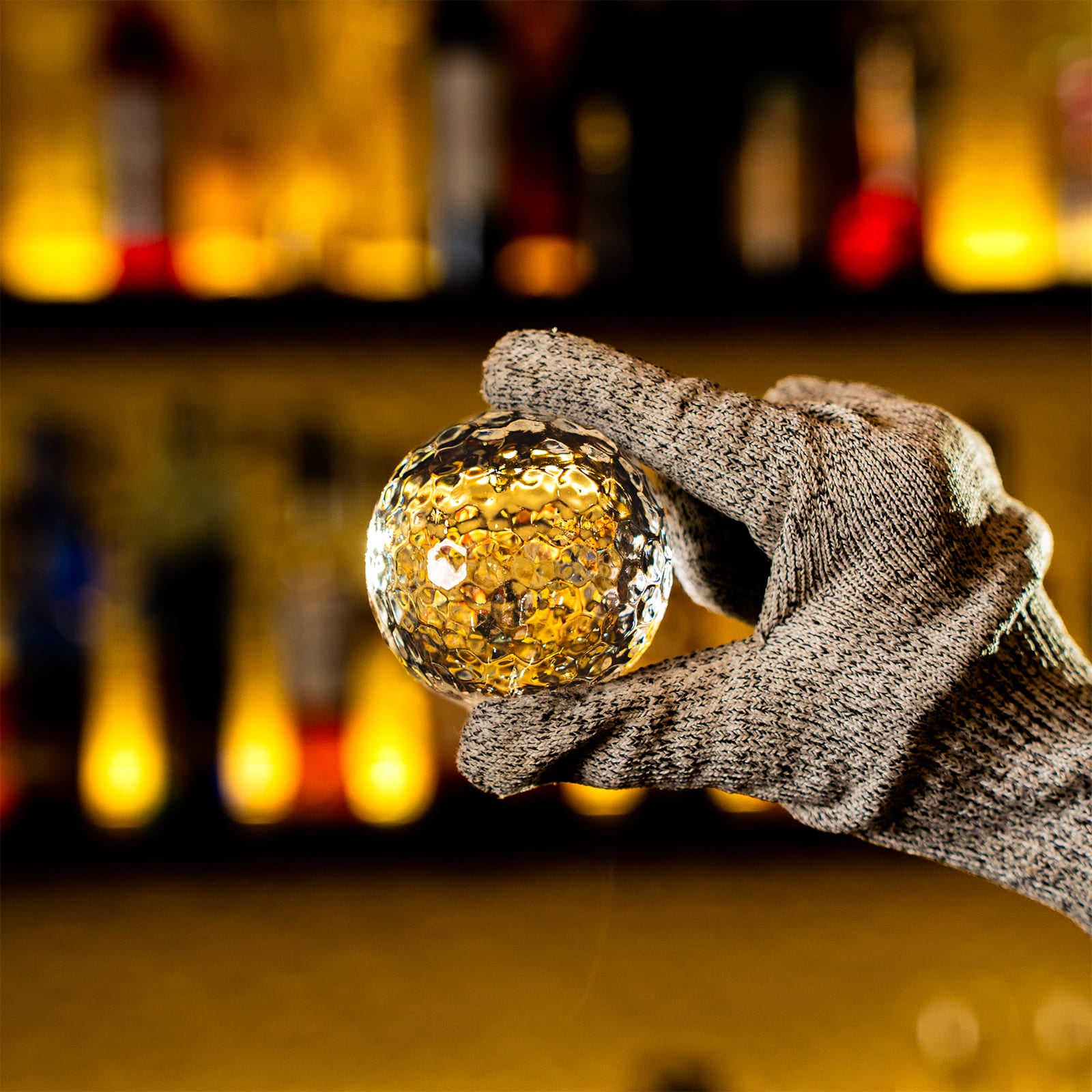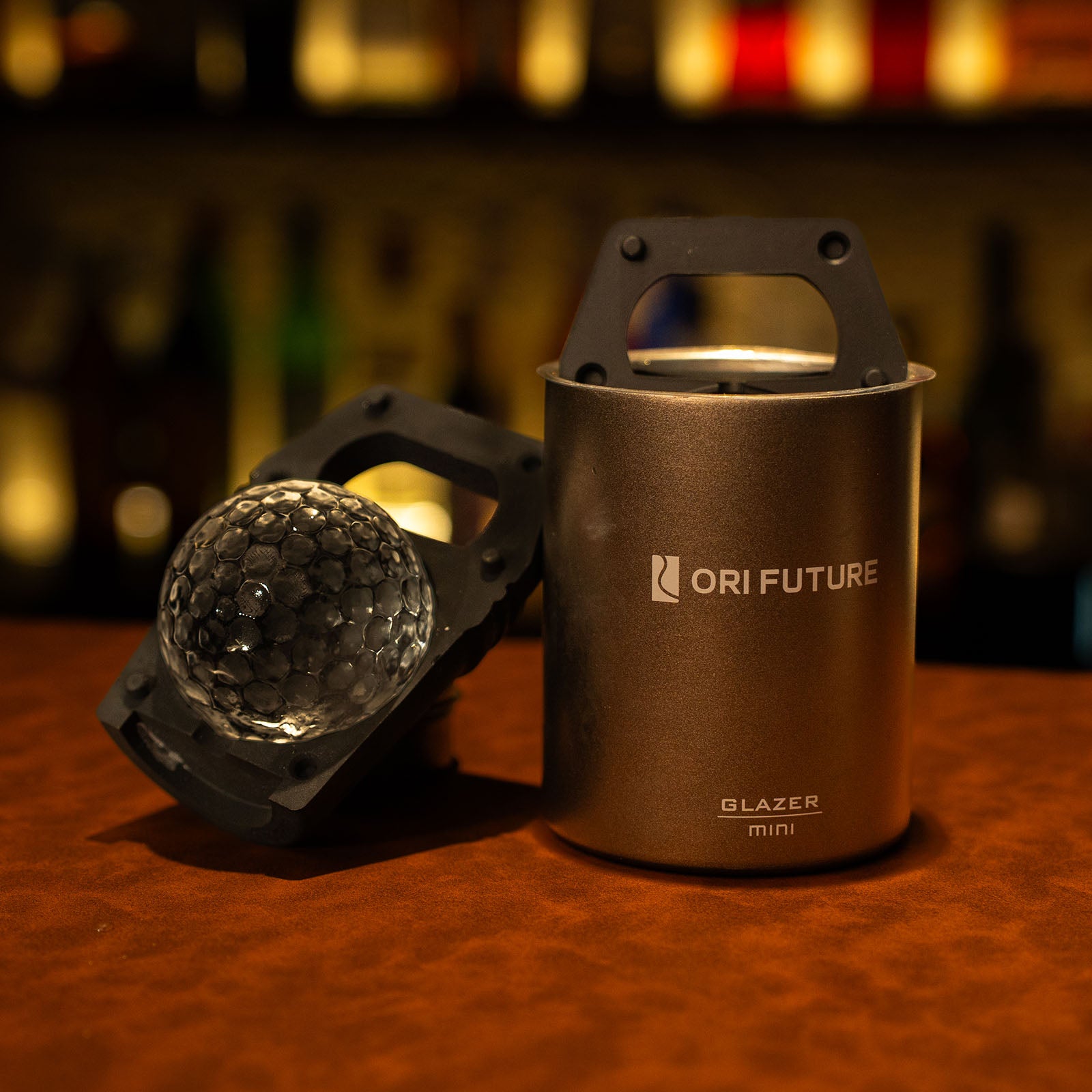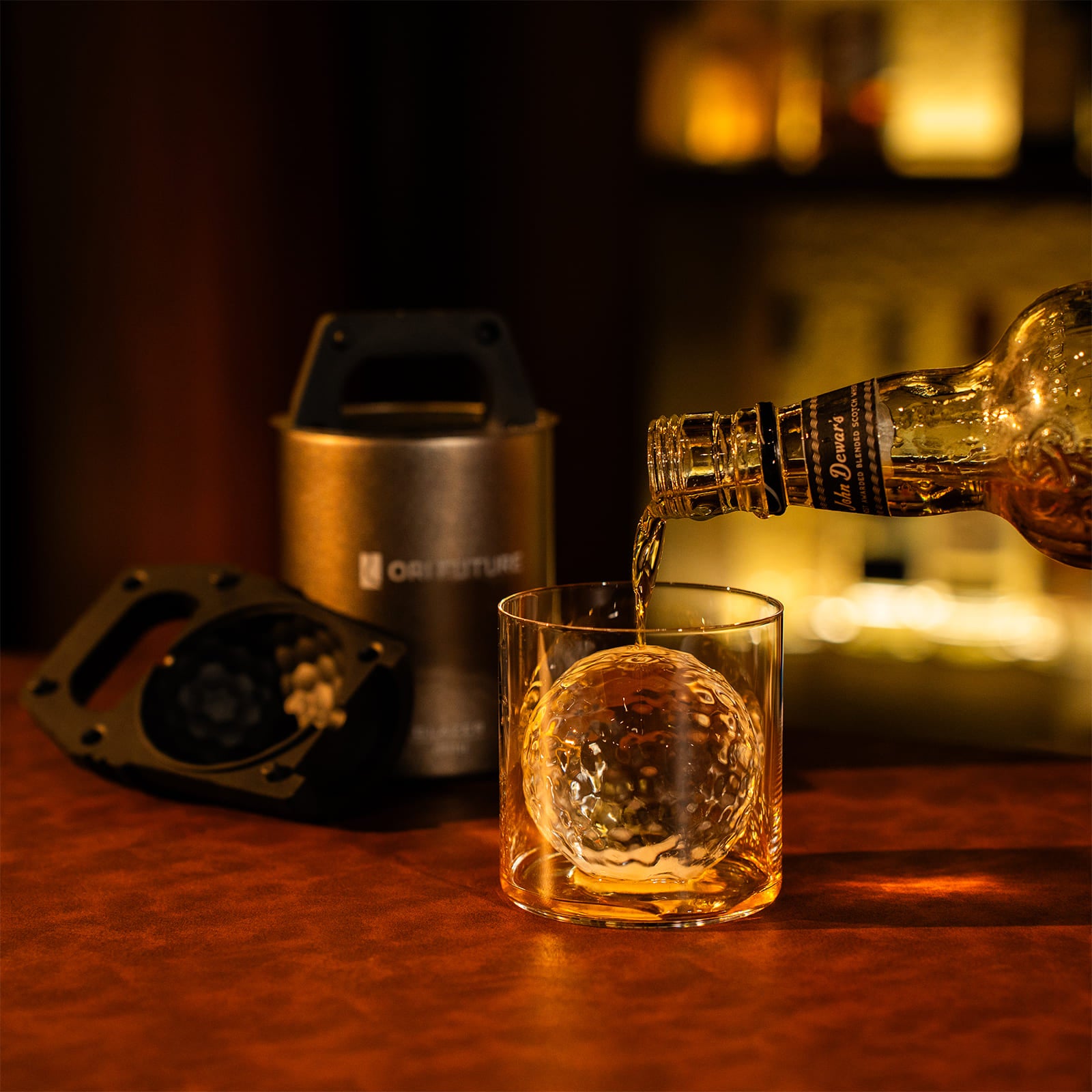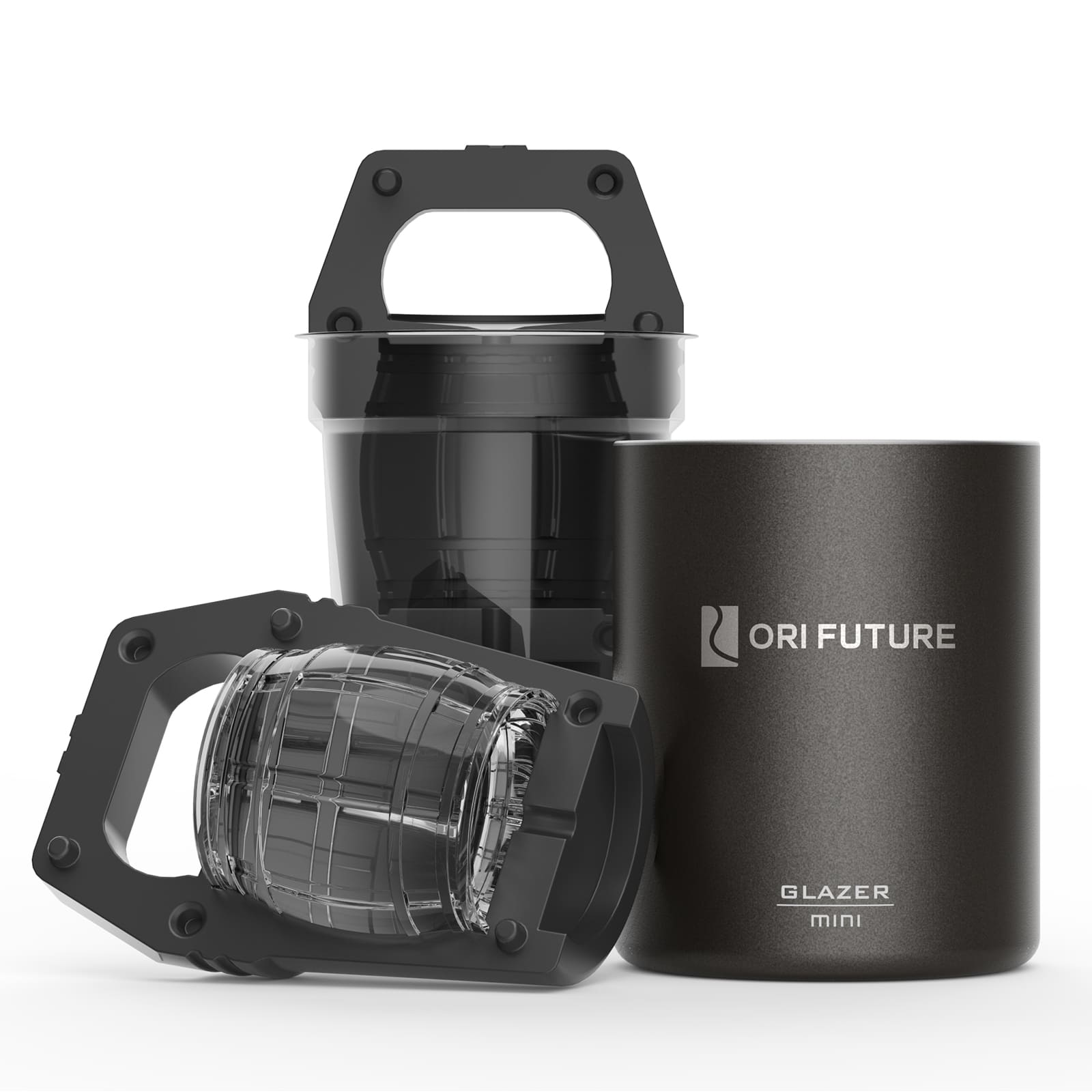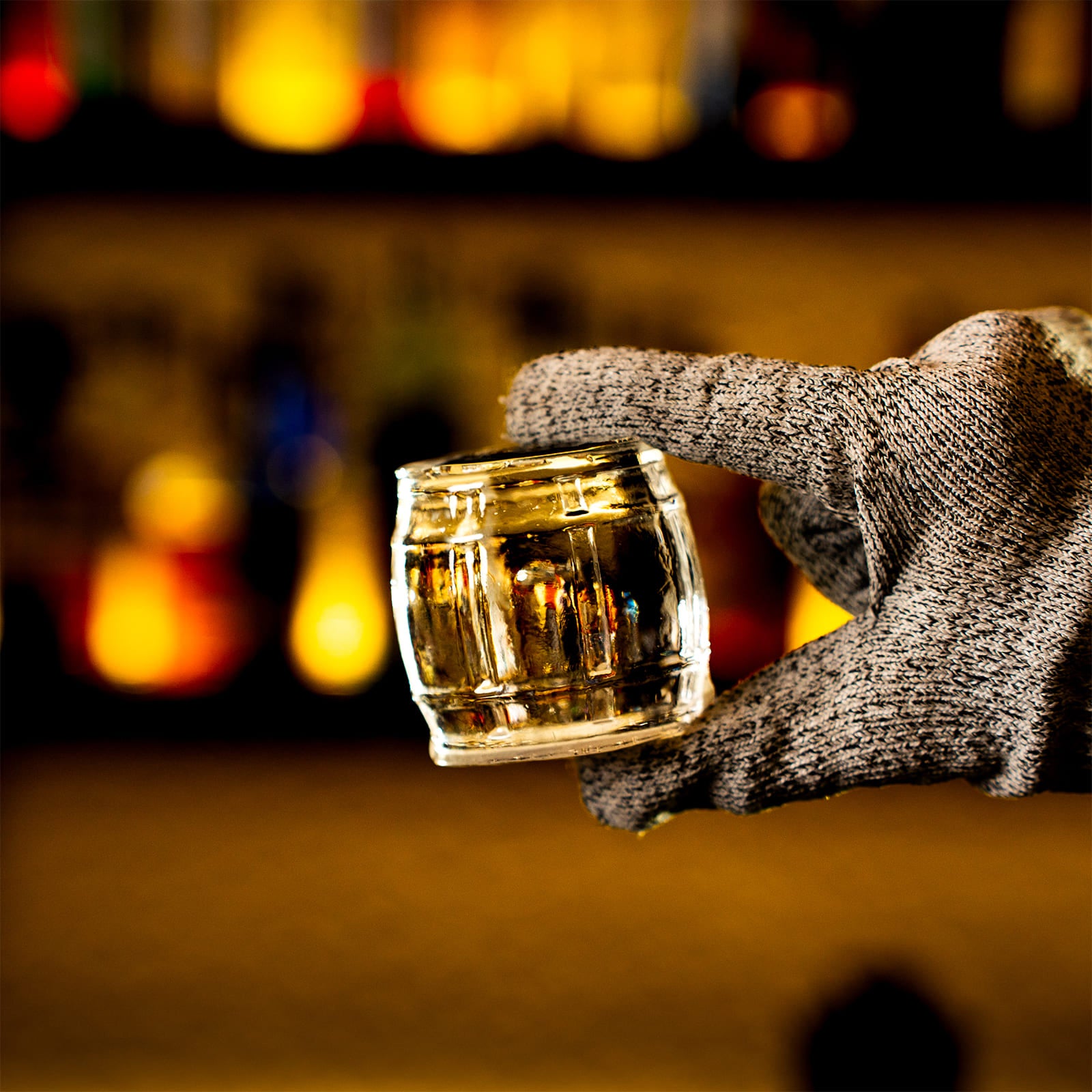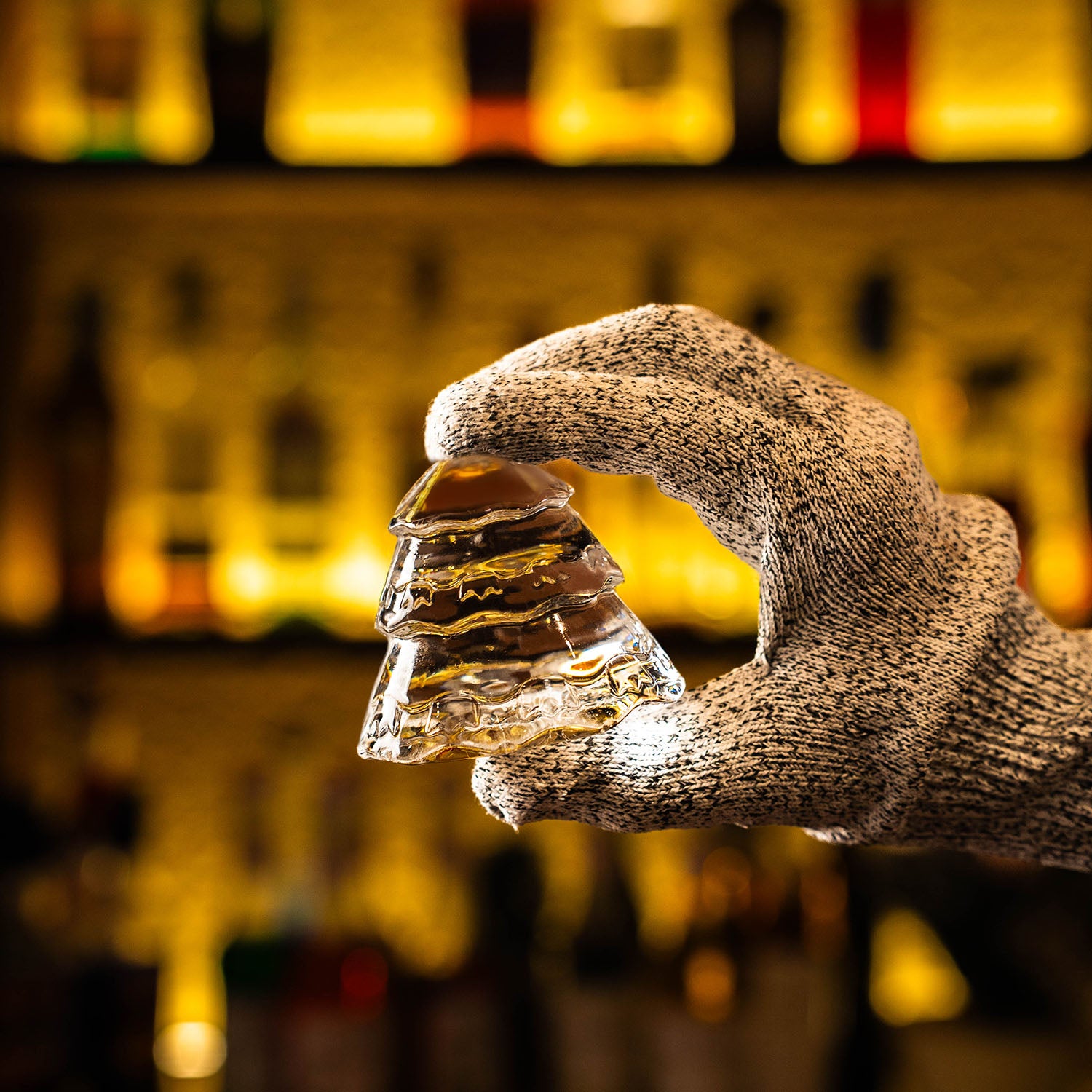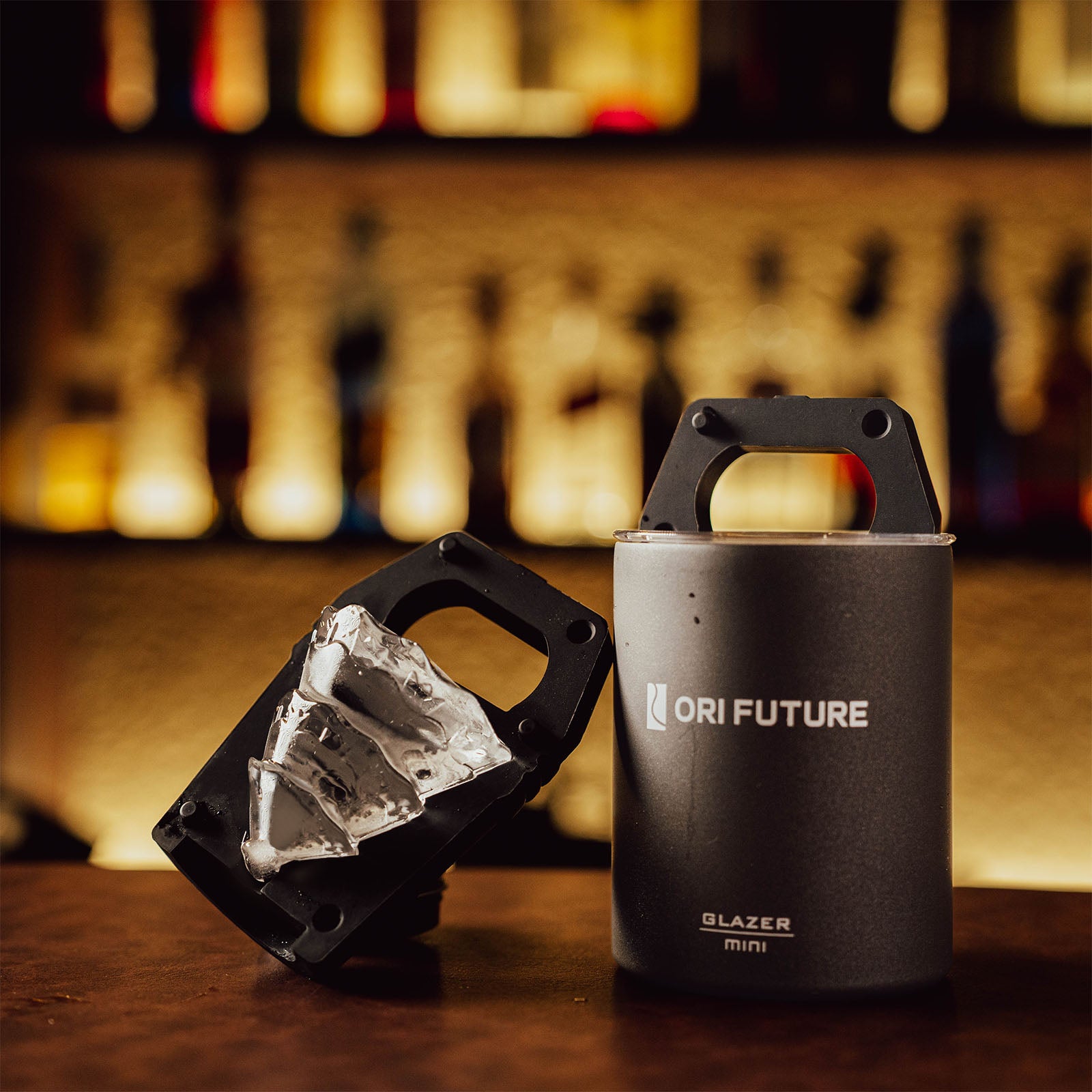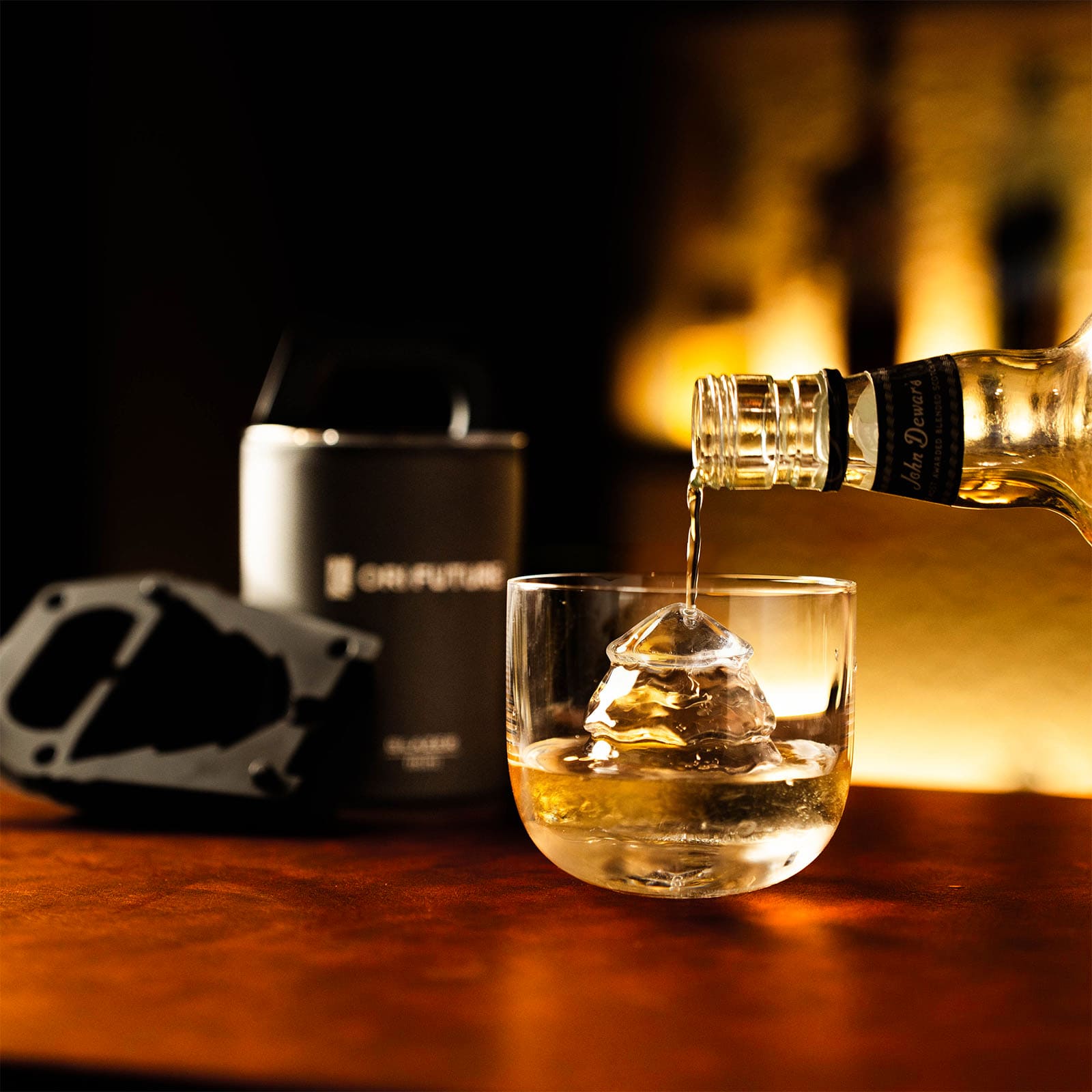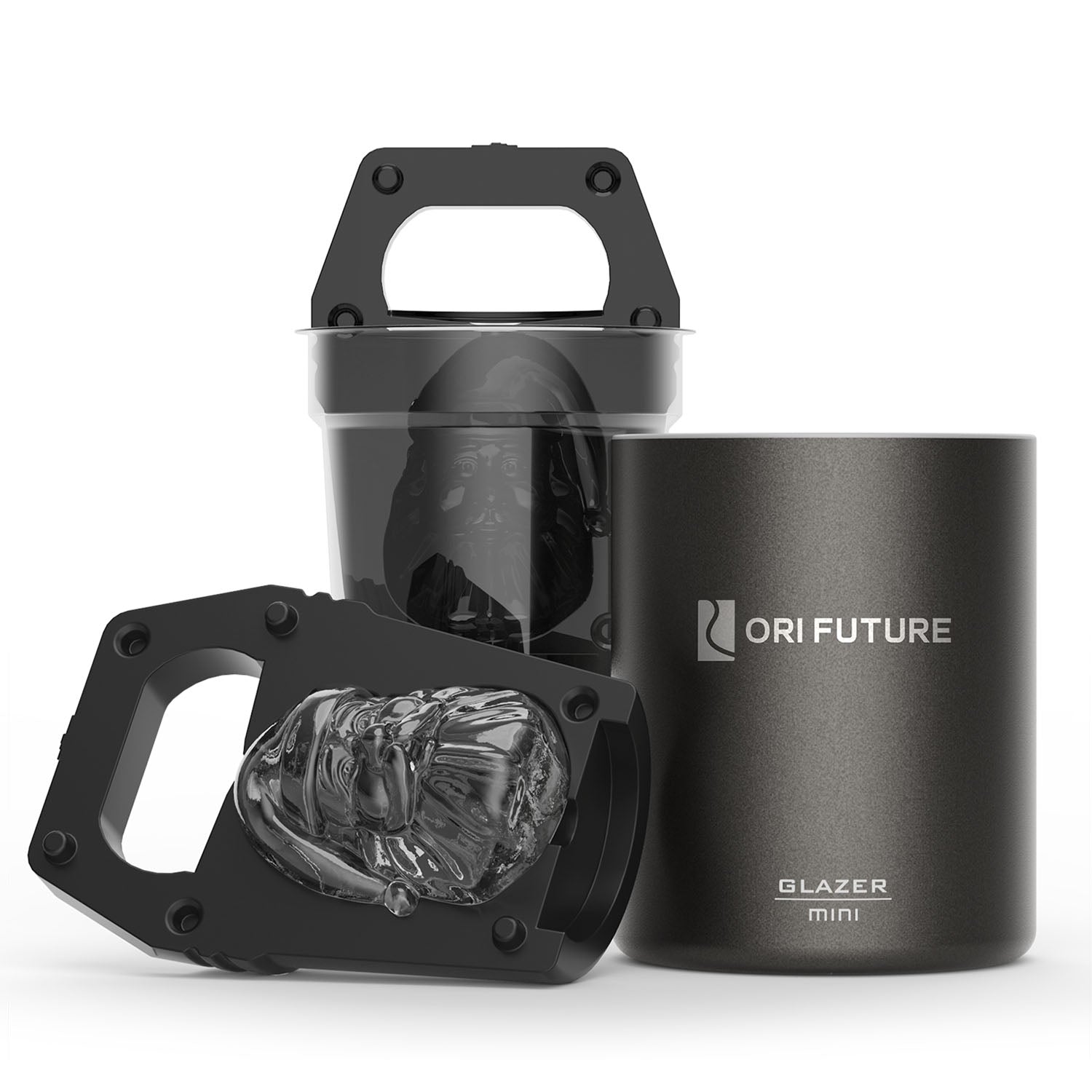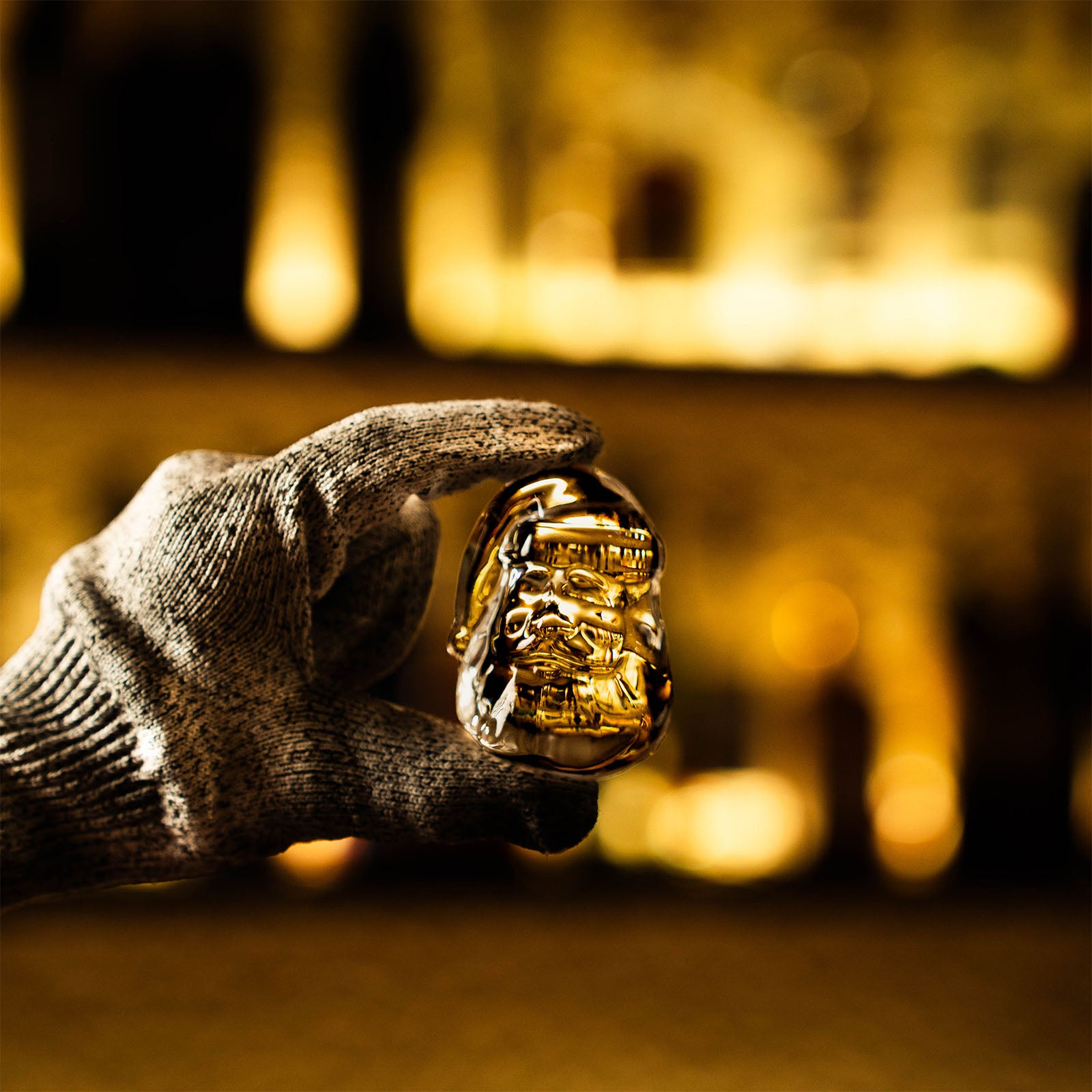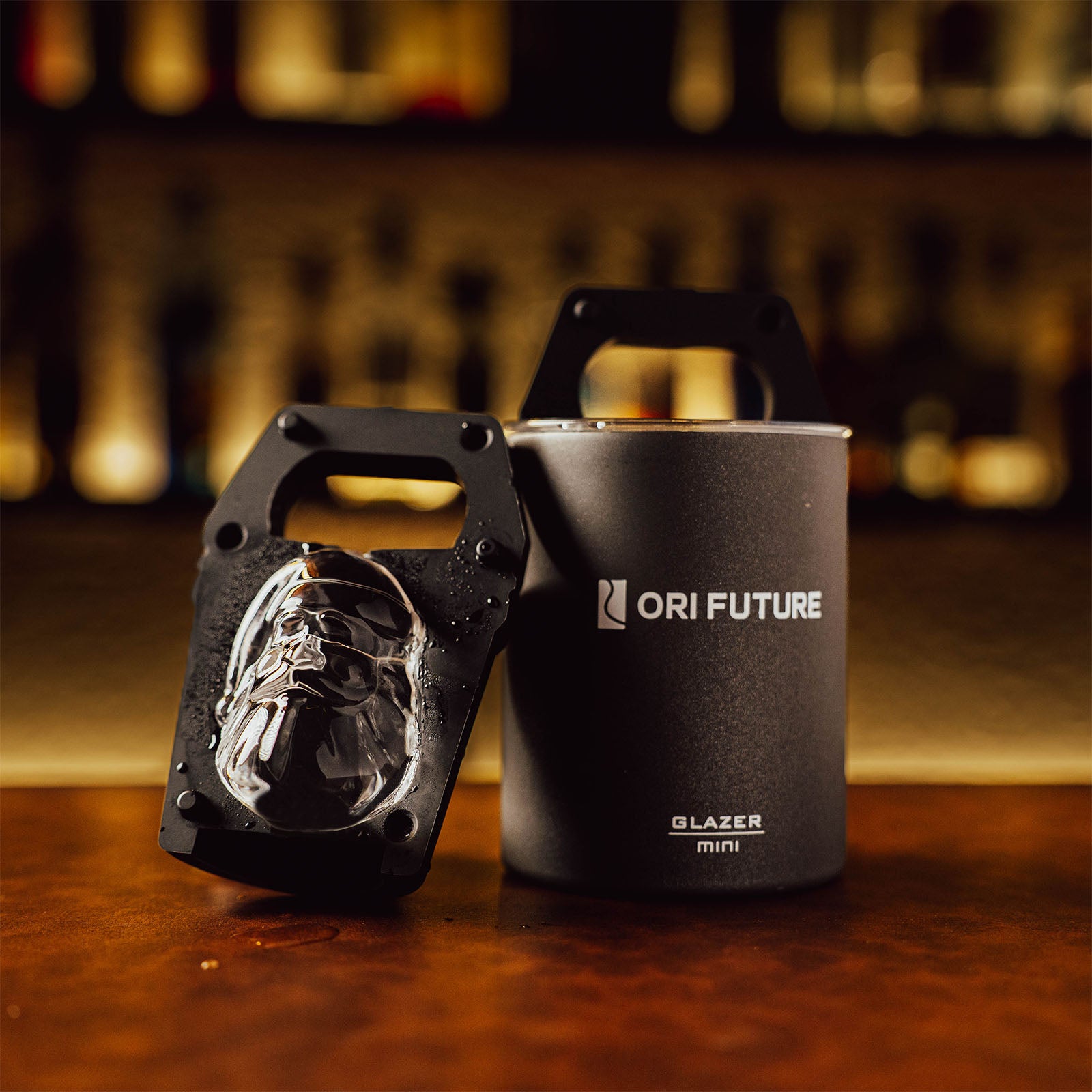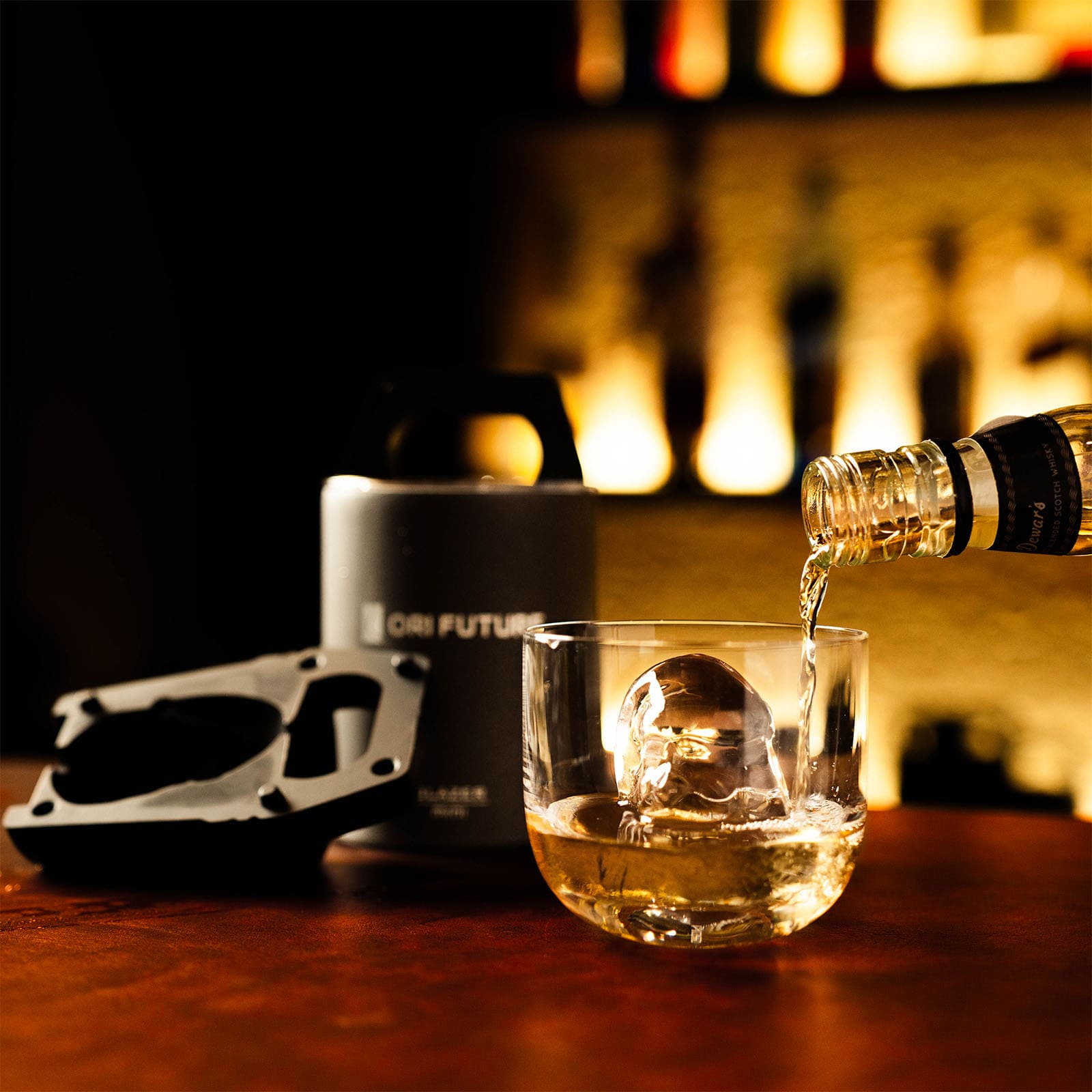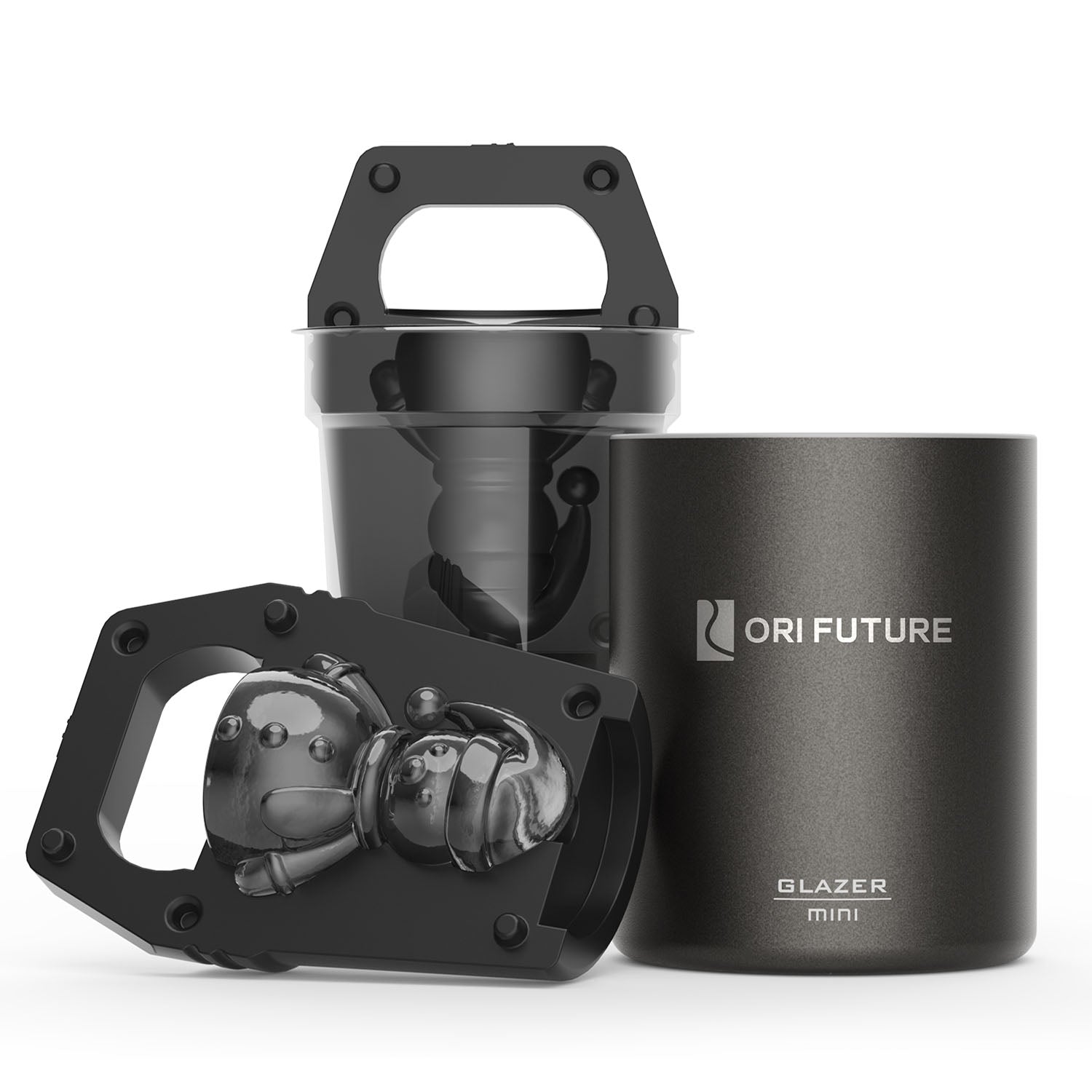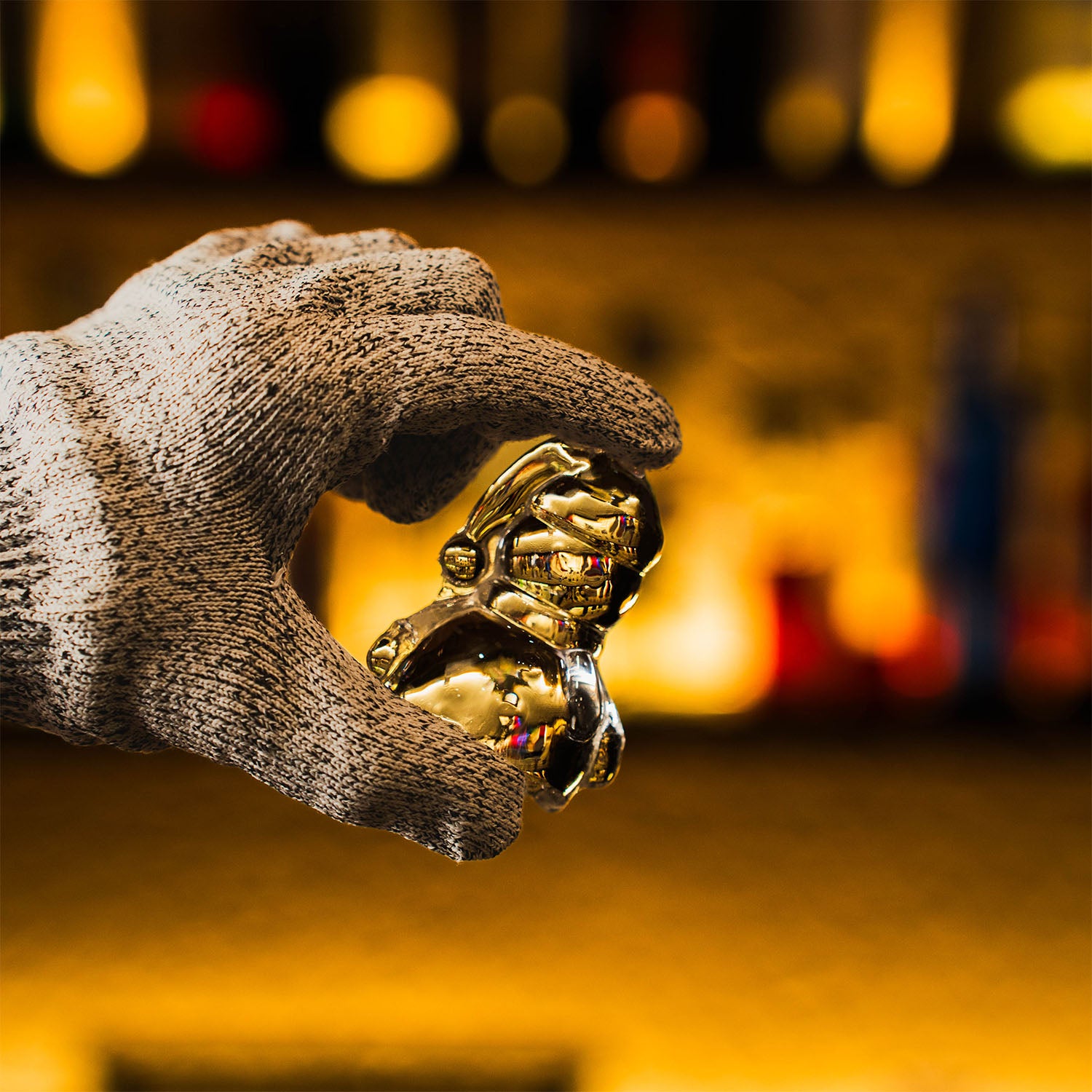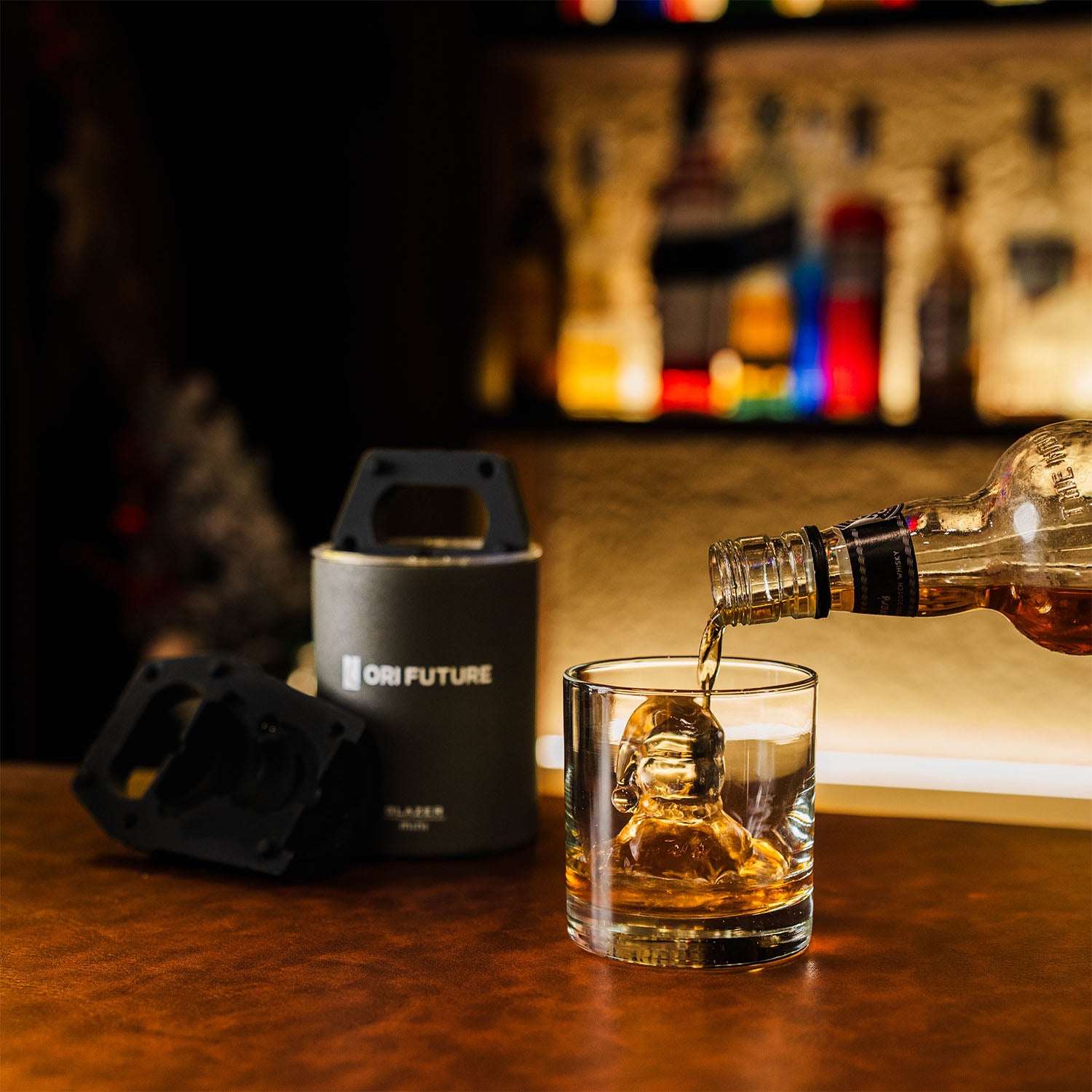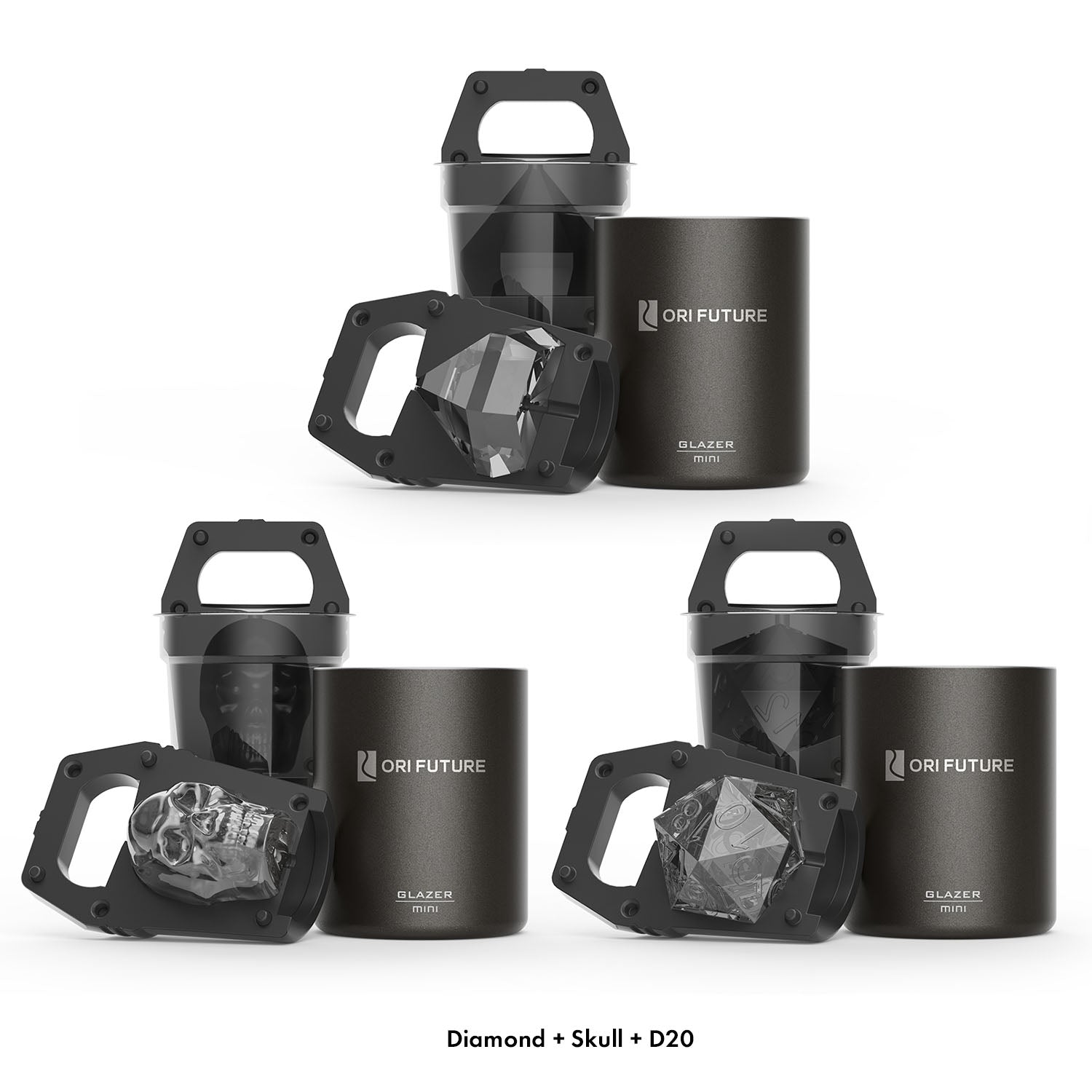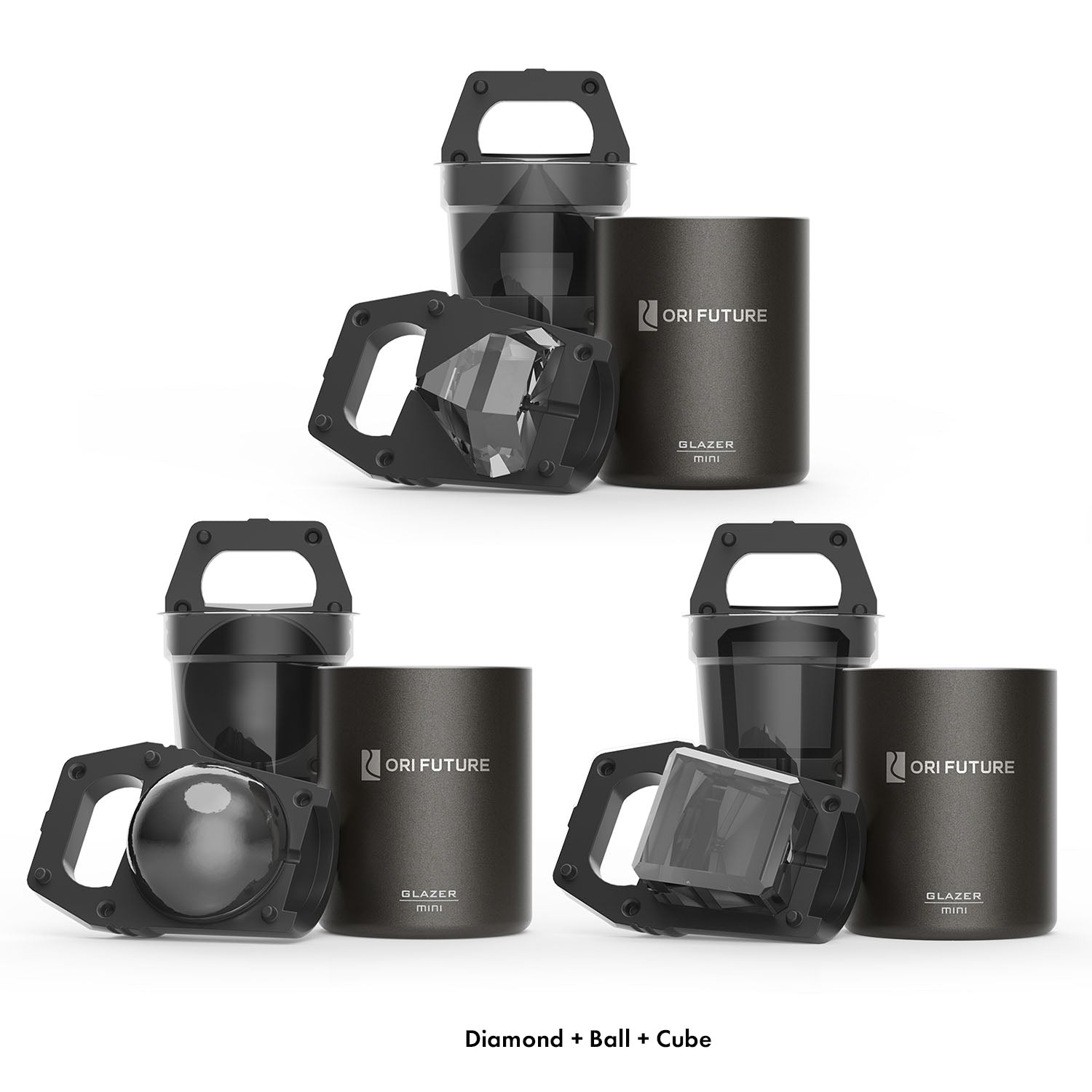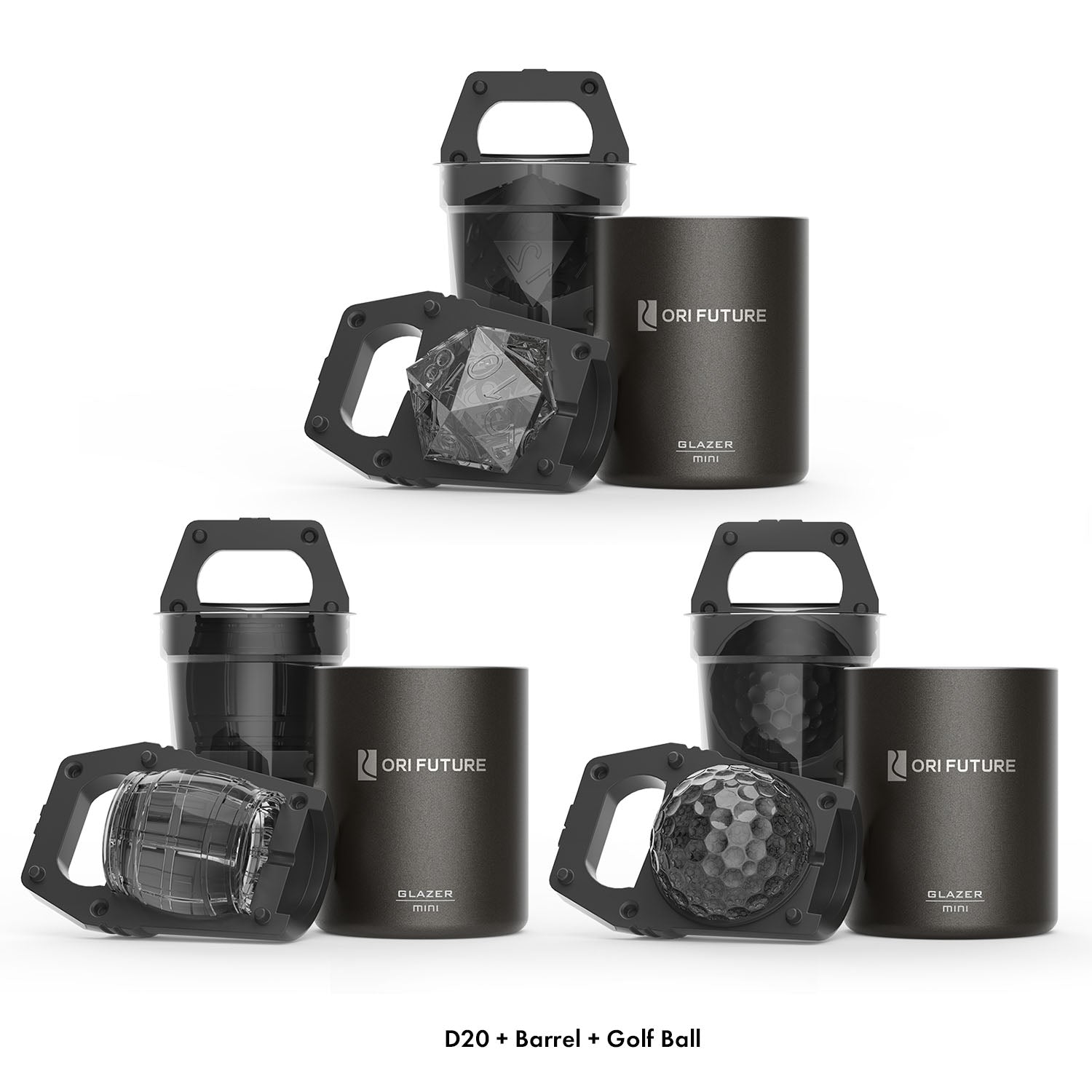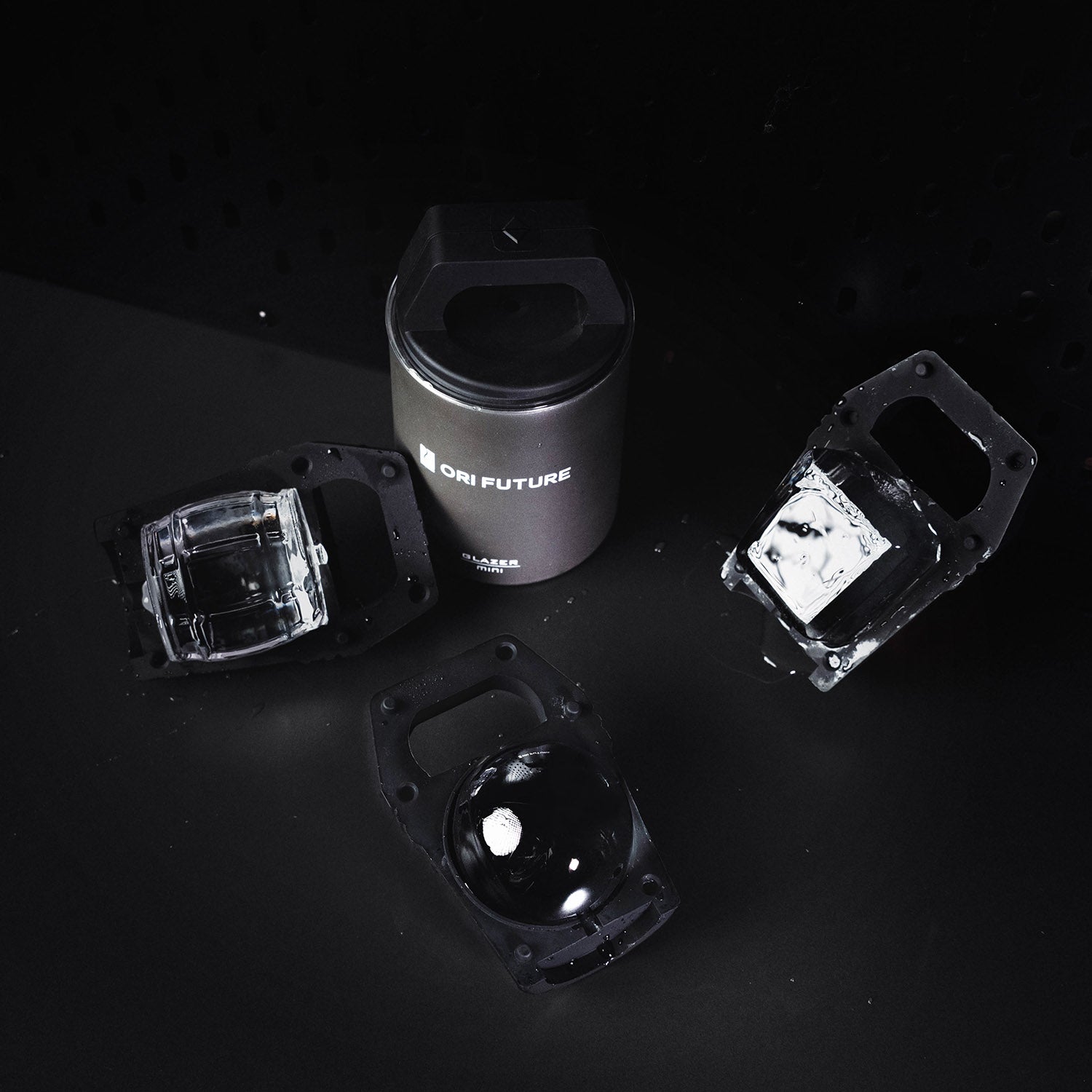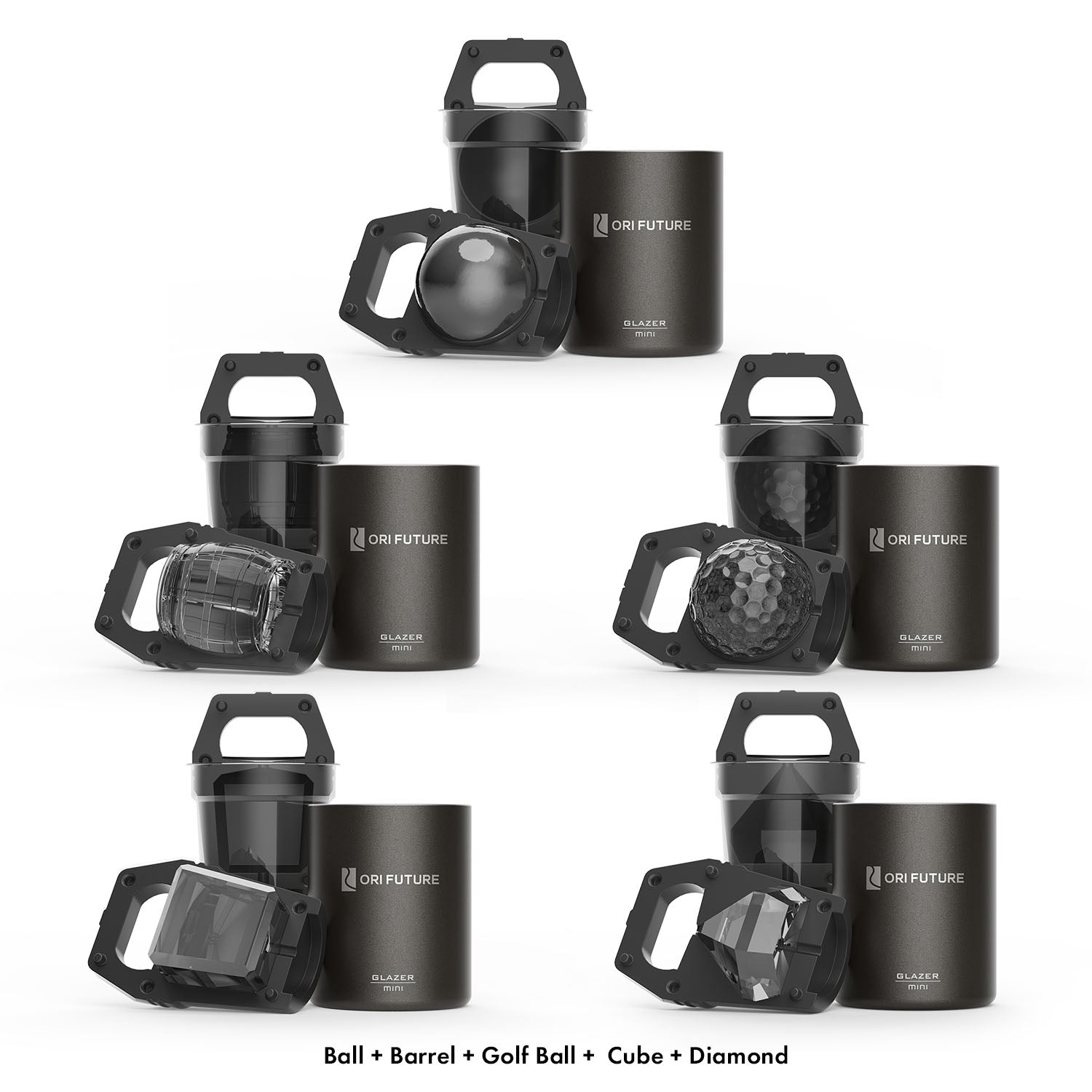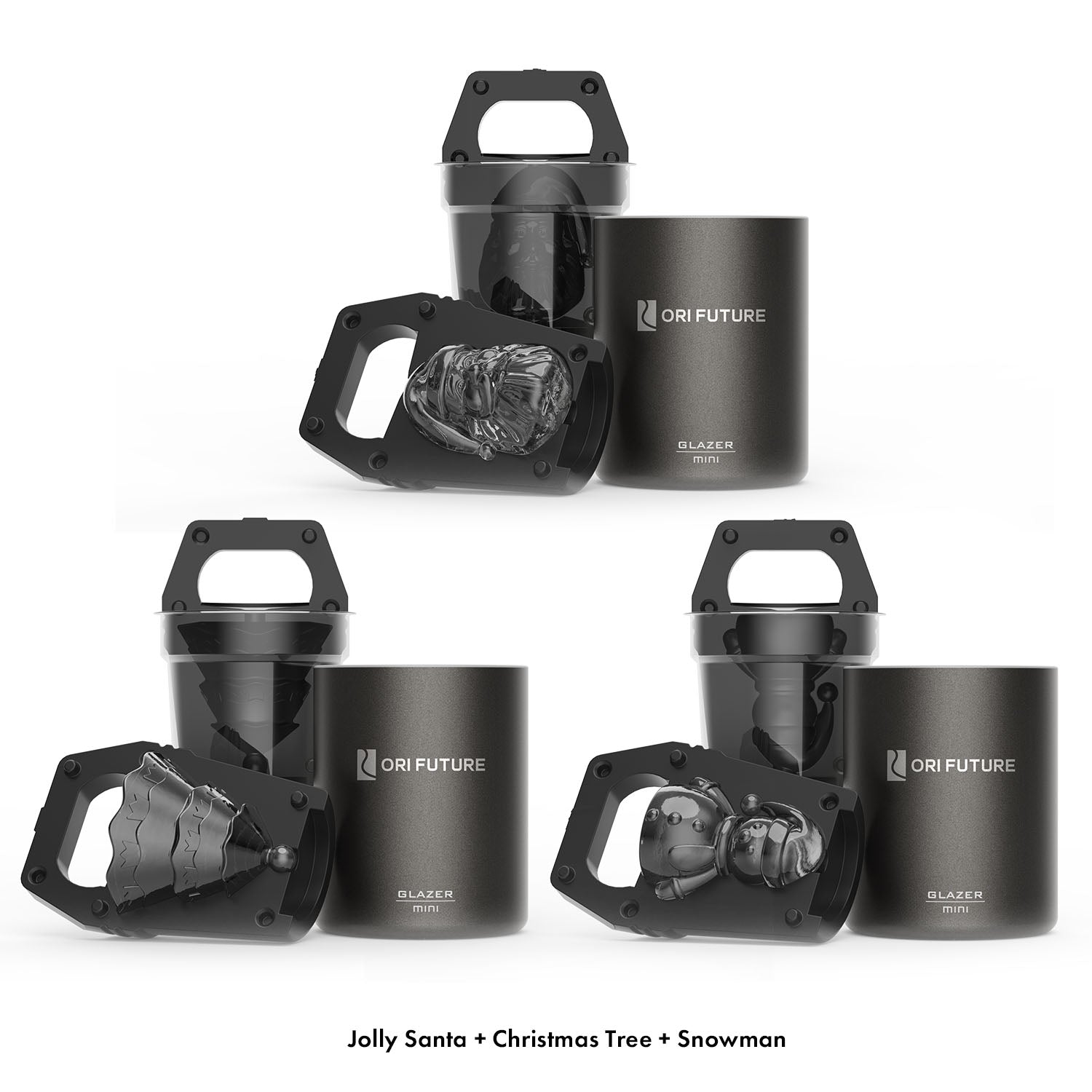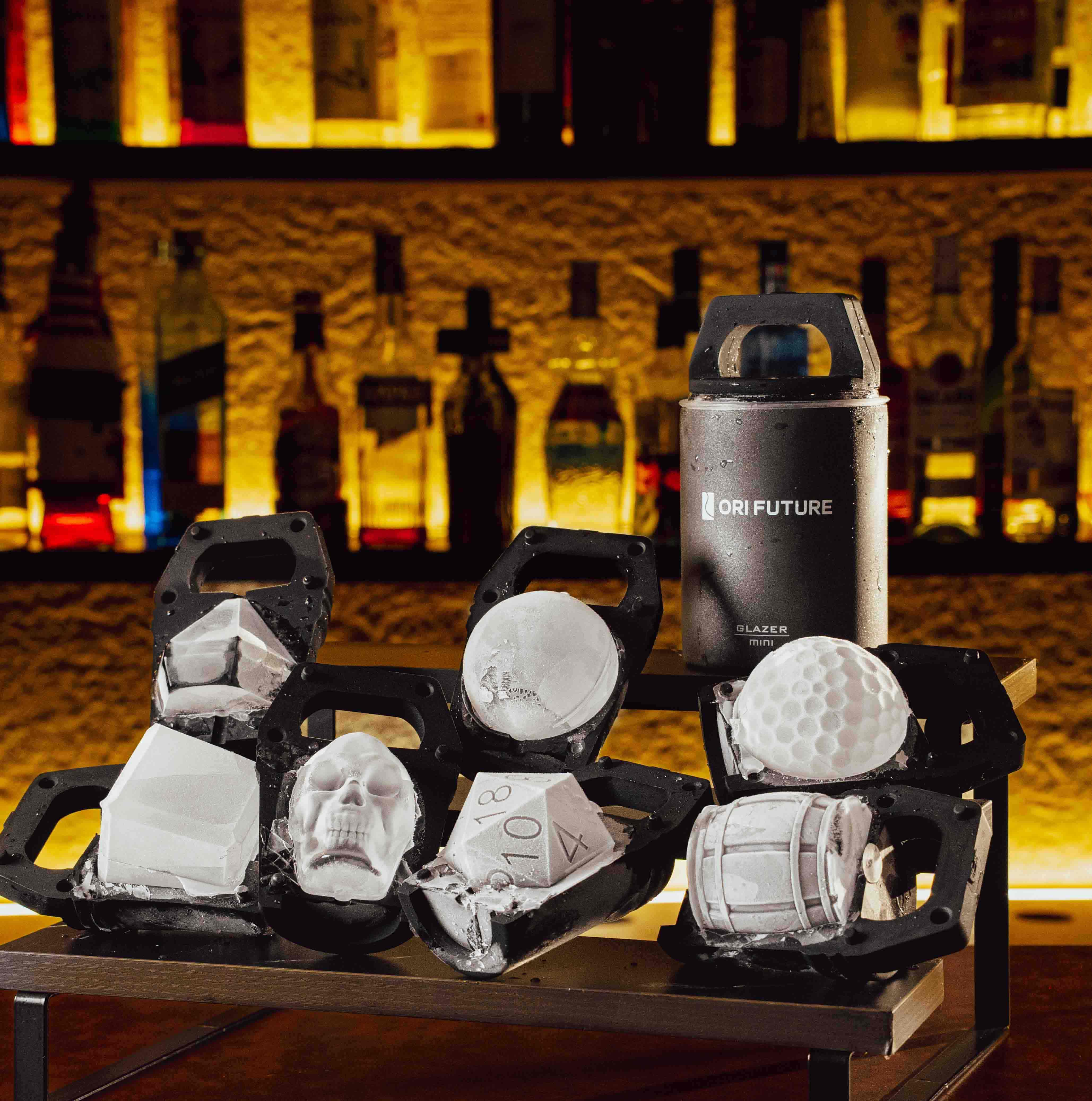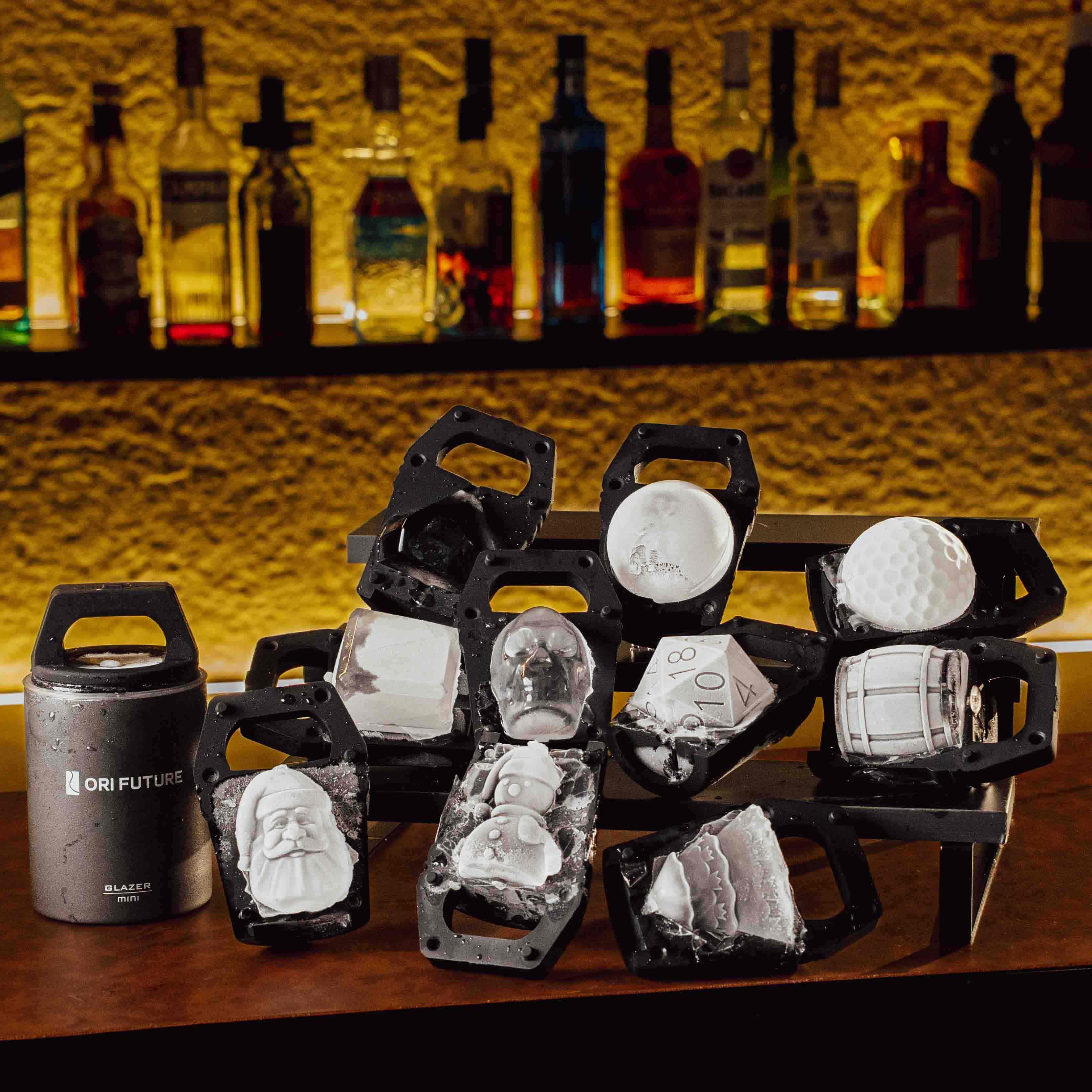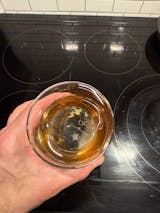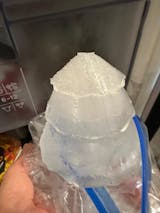Best Ball for my Old Fashioned. I have tried other cheap made ice balls, this has exceeded my expectations.
Cool gadget for the bar and reasonably priced. Ice does not come out completely clear. Ive made about 8 balls so far and the bottom 1/4 on all of them are cloudy. Maybe Im doing something wrong? But for the most part 3/4 of the ice is clear, so I guess thats a win!
Was really looking forward to using this for my holiday beverages. I have tried several times and the ice is not clear and the top of the tree breaks off everytime I attempt to take it put if the mold.
I was really excited about getting this product in, but have been very disappointed with the results. The ice is not clear as advertised. I have used filtered water and distilled water and still the icd does not come out clear.
we love ours and giving one to my daughter for christmas, will be envying the chalk lids though.
Love the D20 maker my only complaint is that I should have bought more than 1 at the same time as I can only make 1 ice cube a day.
Easy to use and freezes quickly. Cube removal is very easy vs. my other clear ice molds. The diamond is just the right size for me.
I bought this for my husband and he loves it! He loves how clear and intricate the cube is! Adds a little fun to his old fashioned.
Love the clatity and consistency of the ice. This liner is made for it and without it you wouldnt get the perfect ice moulds.
My husband has been obsessed with clear ice so I got this for his birthday for him and it works as expected! It gets a little unclear towards the top so I feel it's a skill issue? But either way happy husband happy wife lol
I was skeptical when buying but the glazer arrived quickly and did just what it promised. I now how perfectly clear cubes of ice. Im going to buy another one!
I bought the cube mold after having bad experience with cheaper alternatives that didn’t produce clear blocks. Very pleased with the results with the Ori.
I love making and mixing cocktails. I have a cocktail smoker. It’s one of those big ones. Like a mini glass cabinet. Place the entire glass inside. Blow torch the wood chips. Smoke fills the inside. It looks like a cool magic trick and when said and done makes the drink taste great. Friends and neighbors love the show! BUT it’s kind of a pain. The smaller smokers have become popular in bars and now for home use. ONE thing; the use of the torch makes it difficult to use inside a an apartment or home. The Halo Smoker not only takes care of that, it does it with style! More importantly with ease! I haven’t stopped using it. What I personally love doing is; I pop a ORI future Ice Sphere in a glass and smoke the ice. Then I pour in my bourbon. The complexity and flavor changes as the ice slowly melts - this also changes the complexity of the cigar I’m smoking as well. The Halo Smoker works so well I gave it as a Birthday Gift. My friend used it during Thanksgiving dinner and he upped the flavor of every cocktail he made - even an espresso martini!! The Halo Smoker puts on it’s own magic show with lights and smoke. It’s cool to watch. After, easy to clean, reset and use again! I’ve since bought two more for Christmas gifts. I know I’ll be having some Halo Smoked cocktails over the Holidays! The kit comes with everything you need! From wood chips, Tongs, charging cord, cleaning brush. It’s SMOKING!
Absolutely love how easy this is and makes the perfect clear Christmas tree have started making one each day ready for Christmas Day - I will be investing in some other shapes too soon - would make a great gift for someone too - but this was a gift to myself!
Love it thank you
así como lo promocionan es igual, si van a comprar un par al menos compren al menos dos bolsas para almacenarlos

